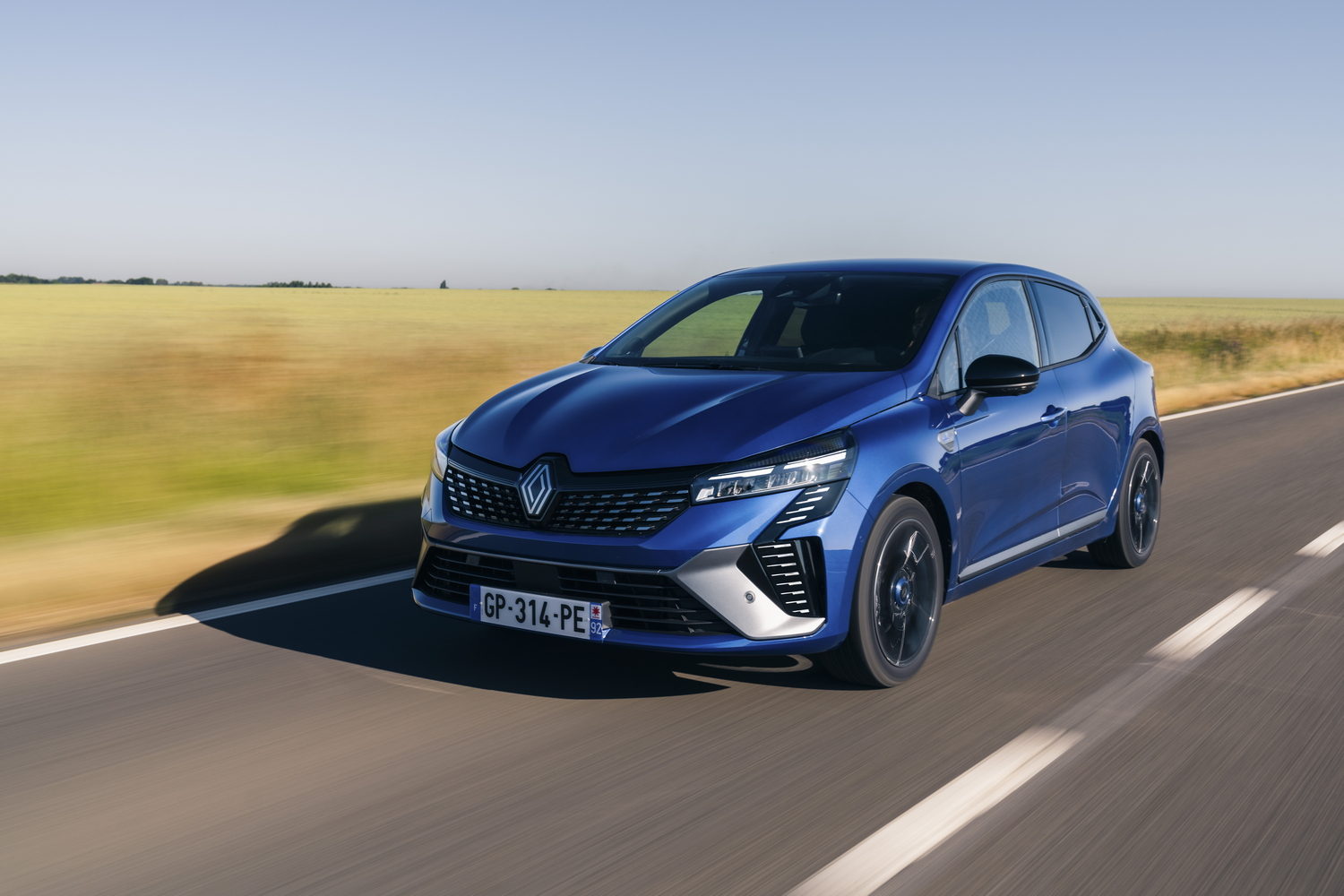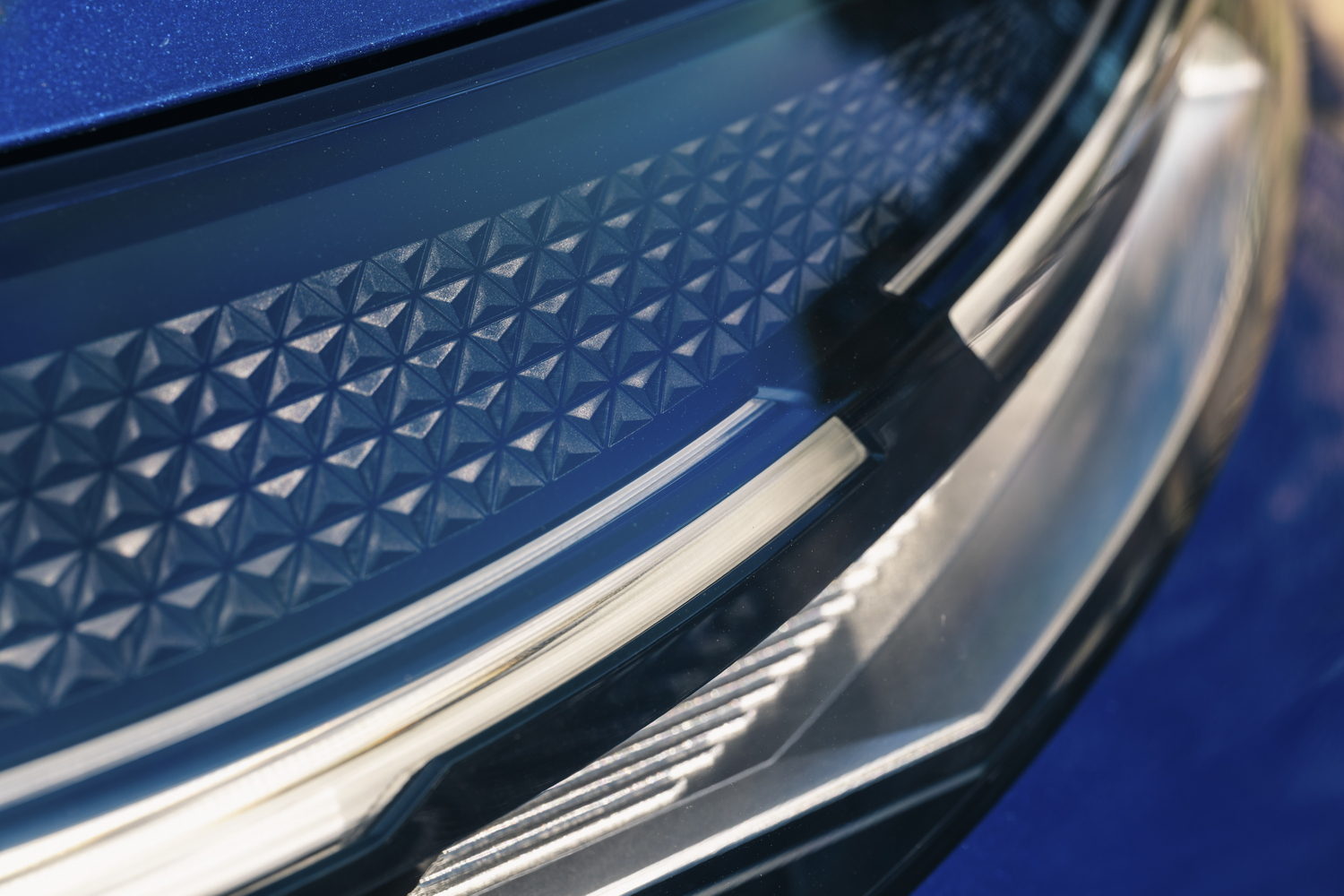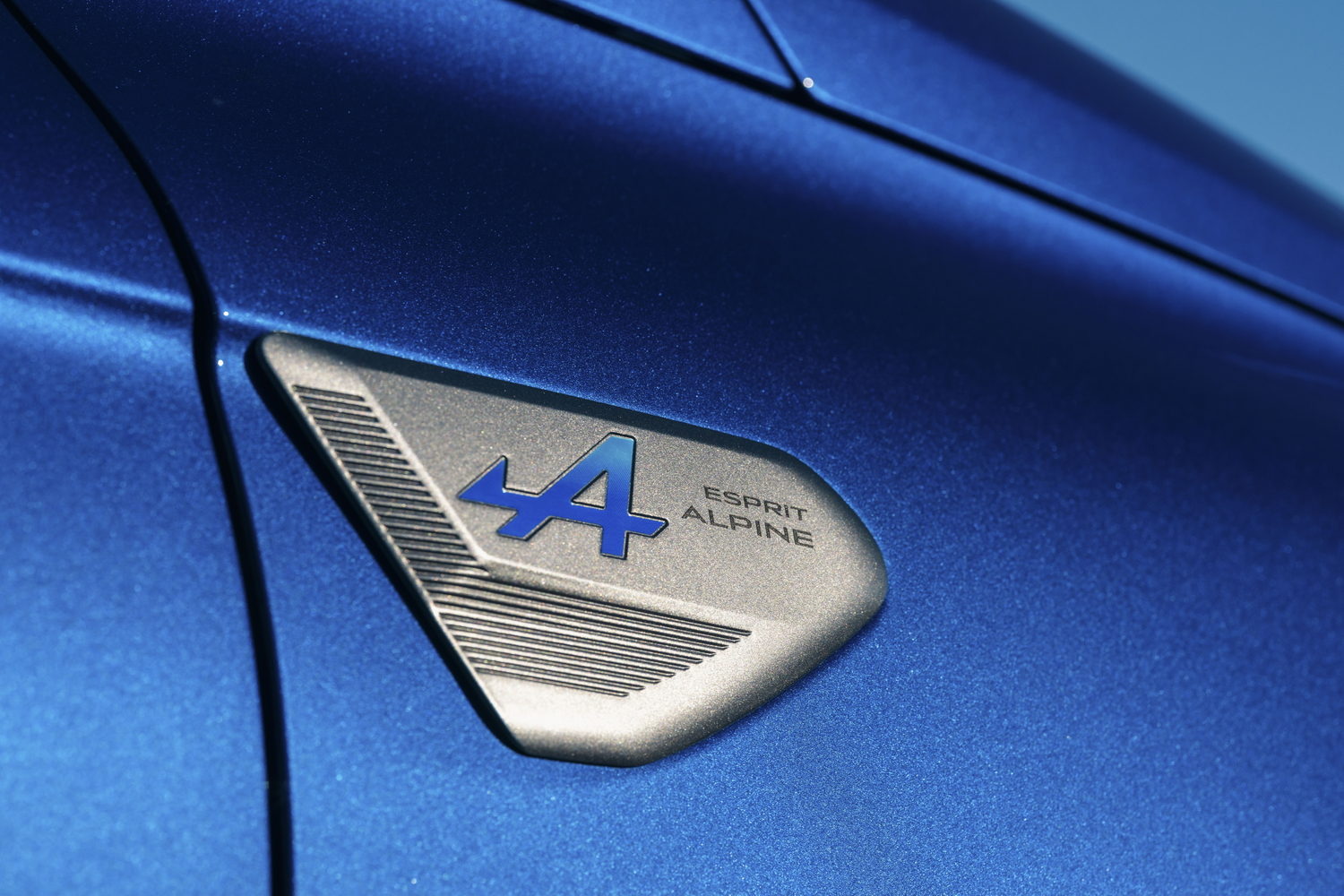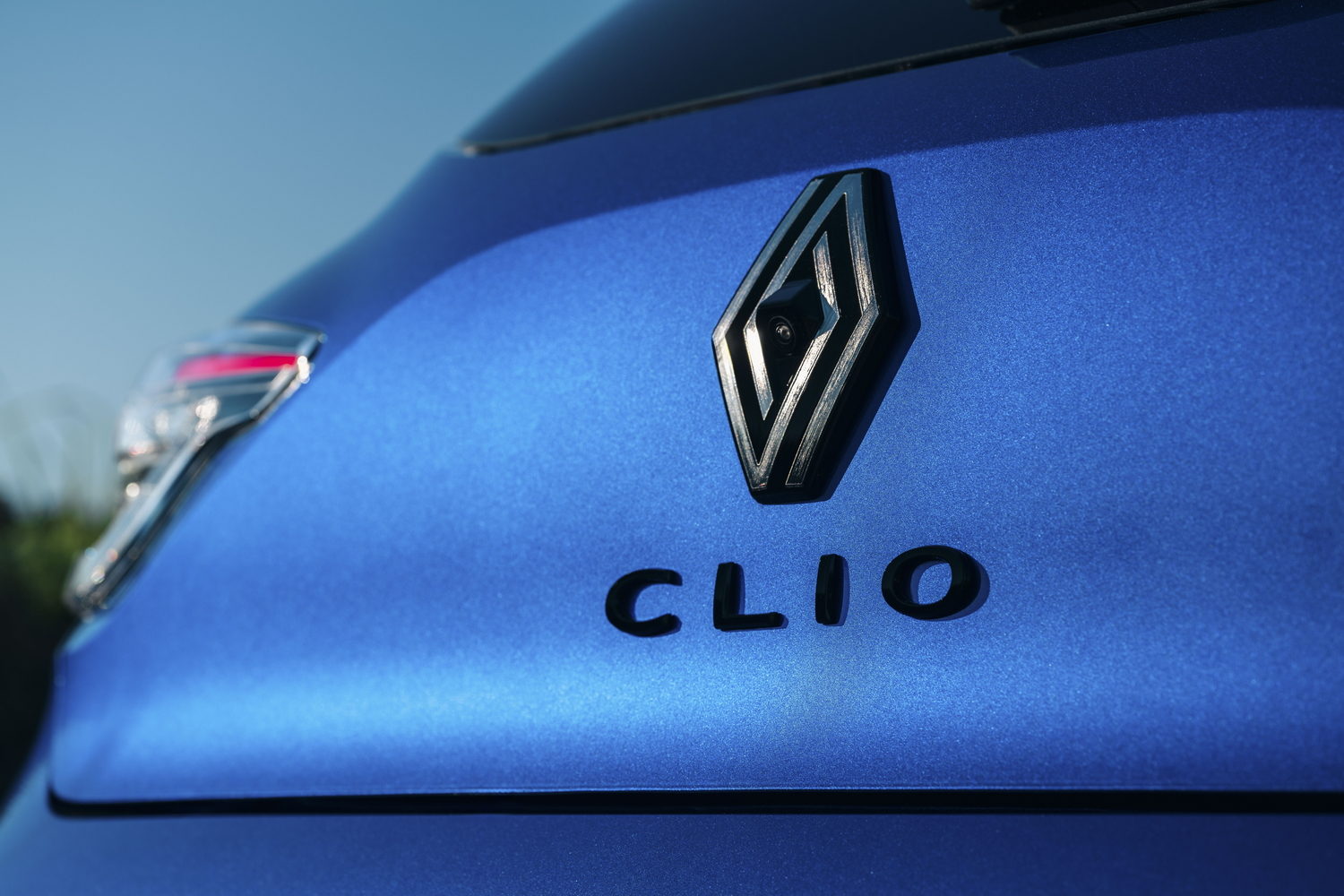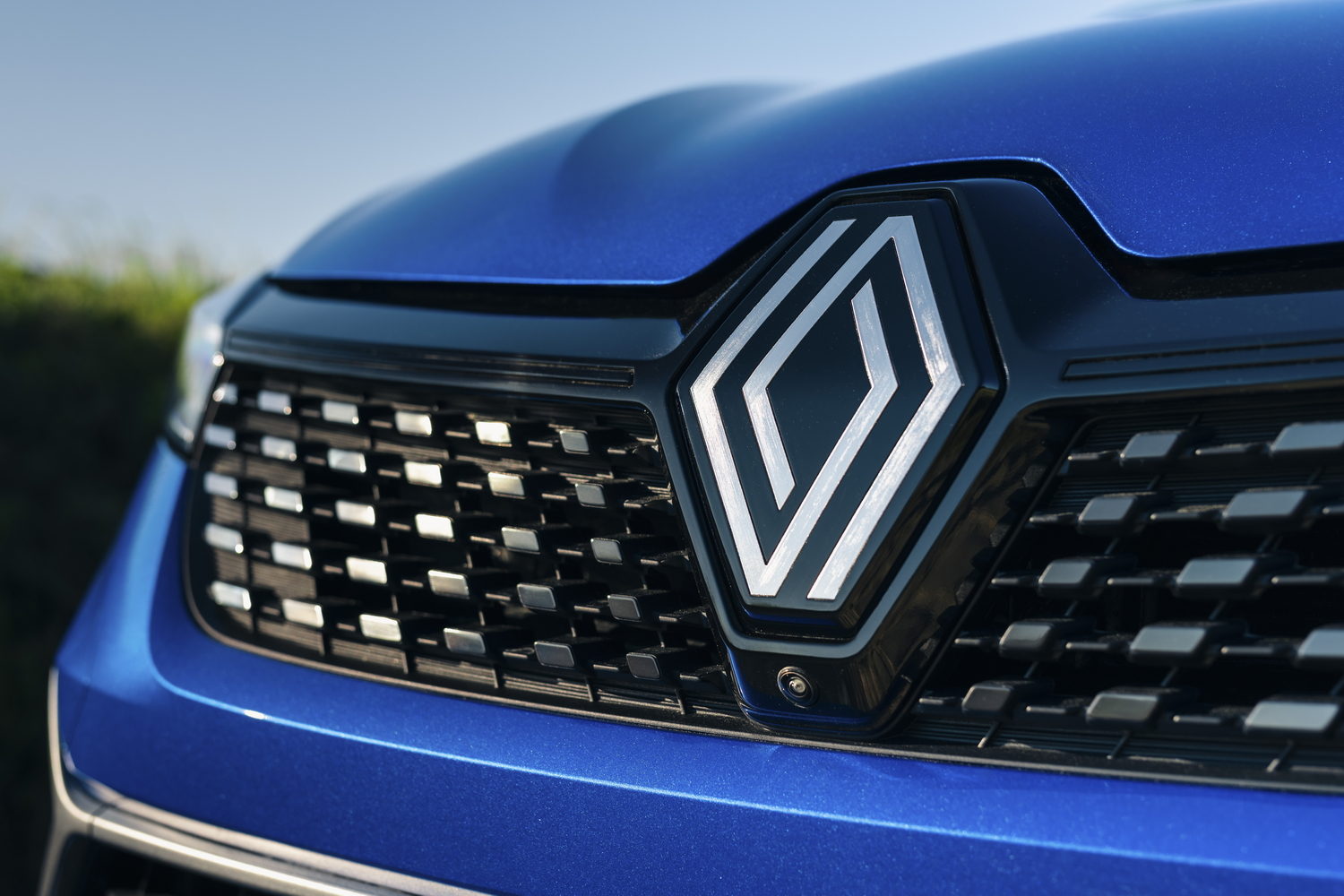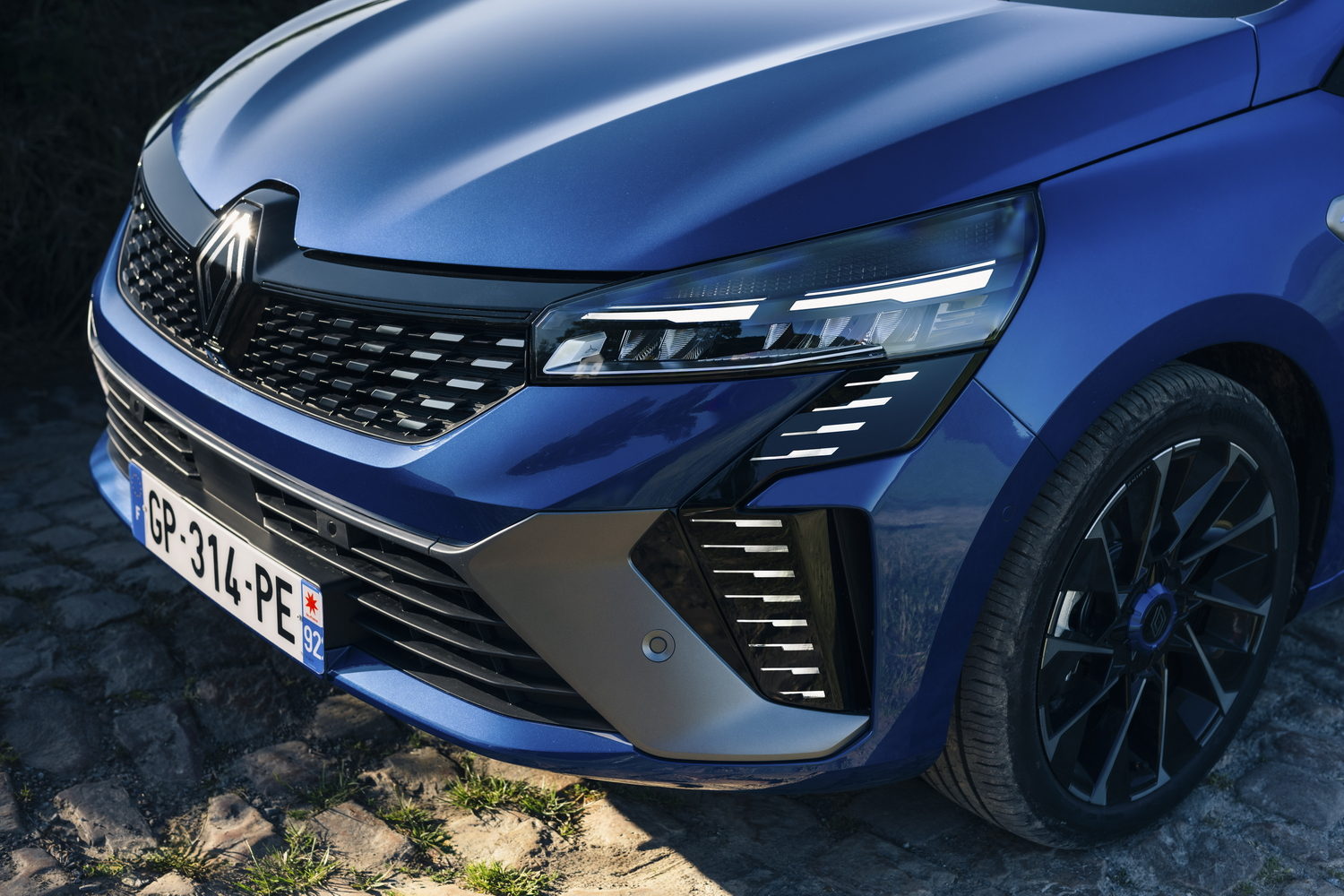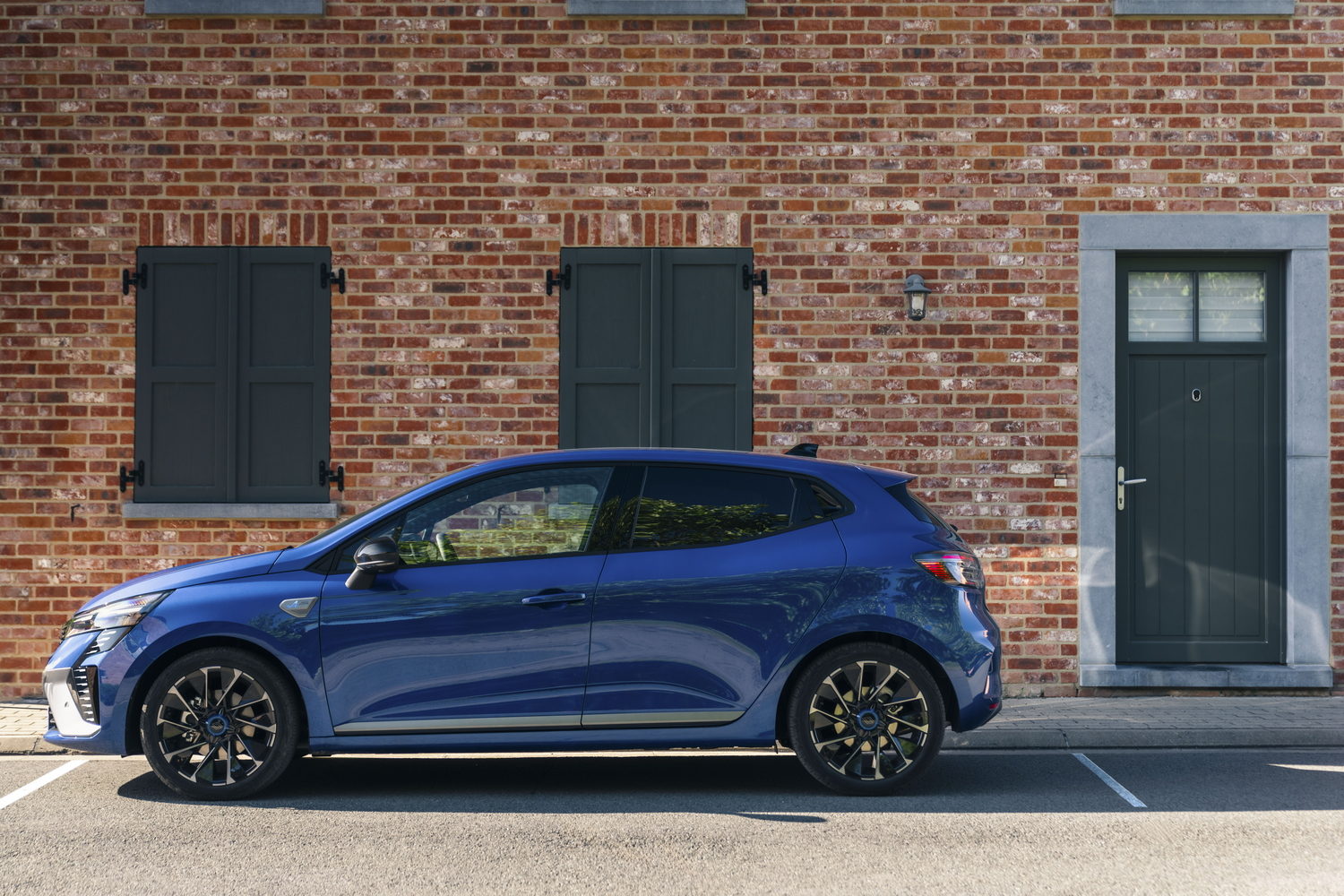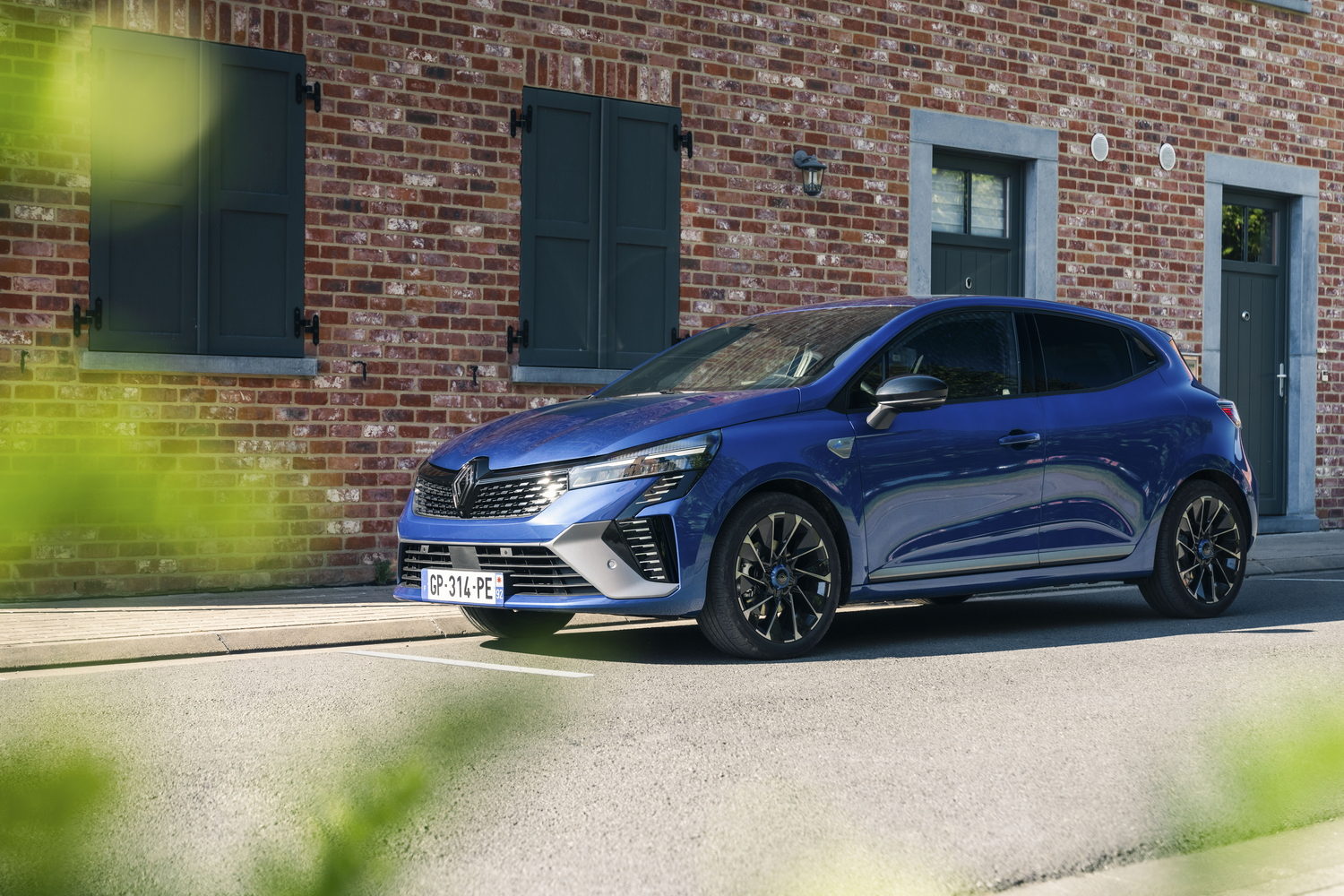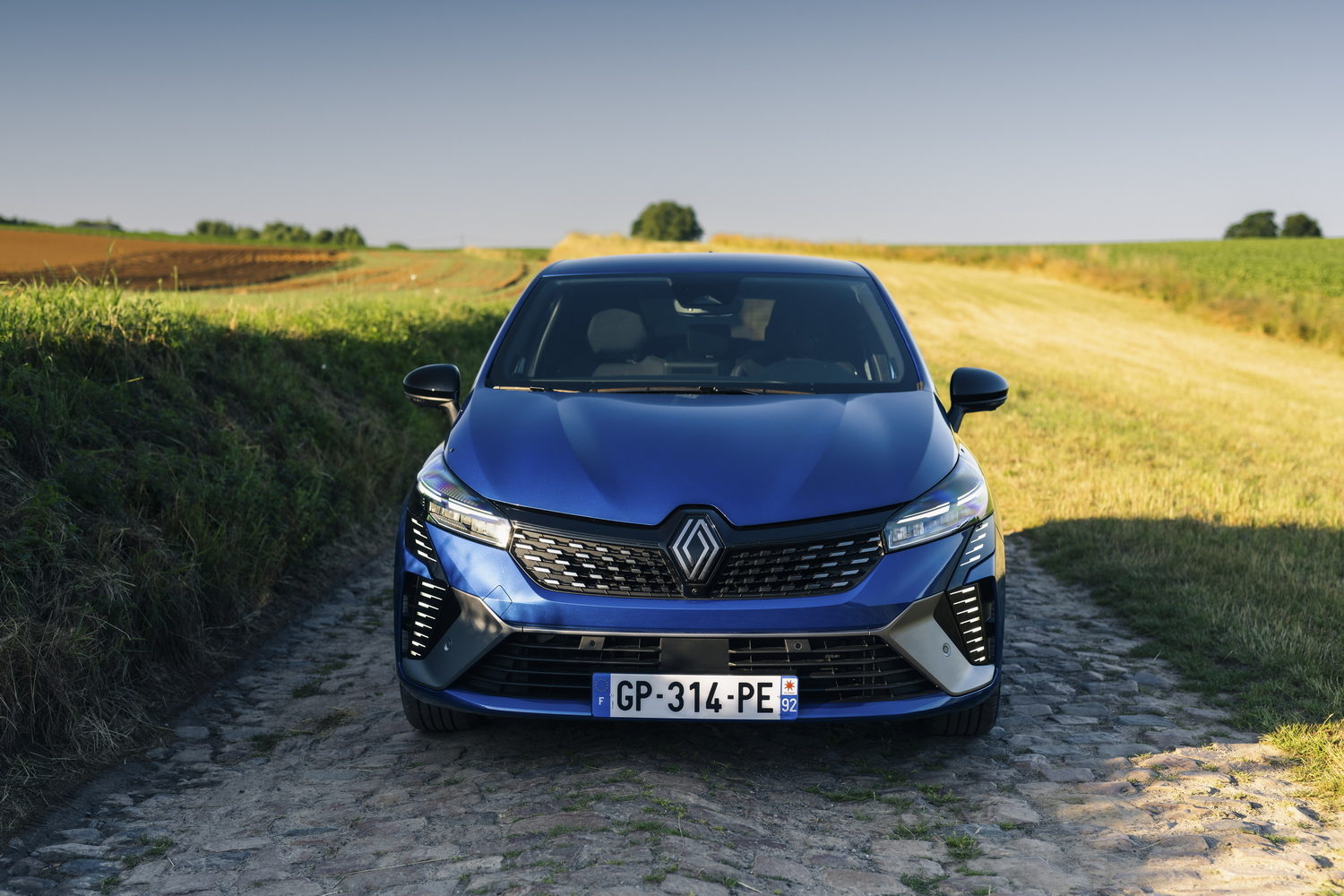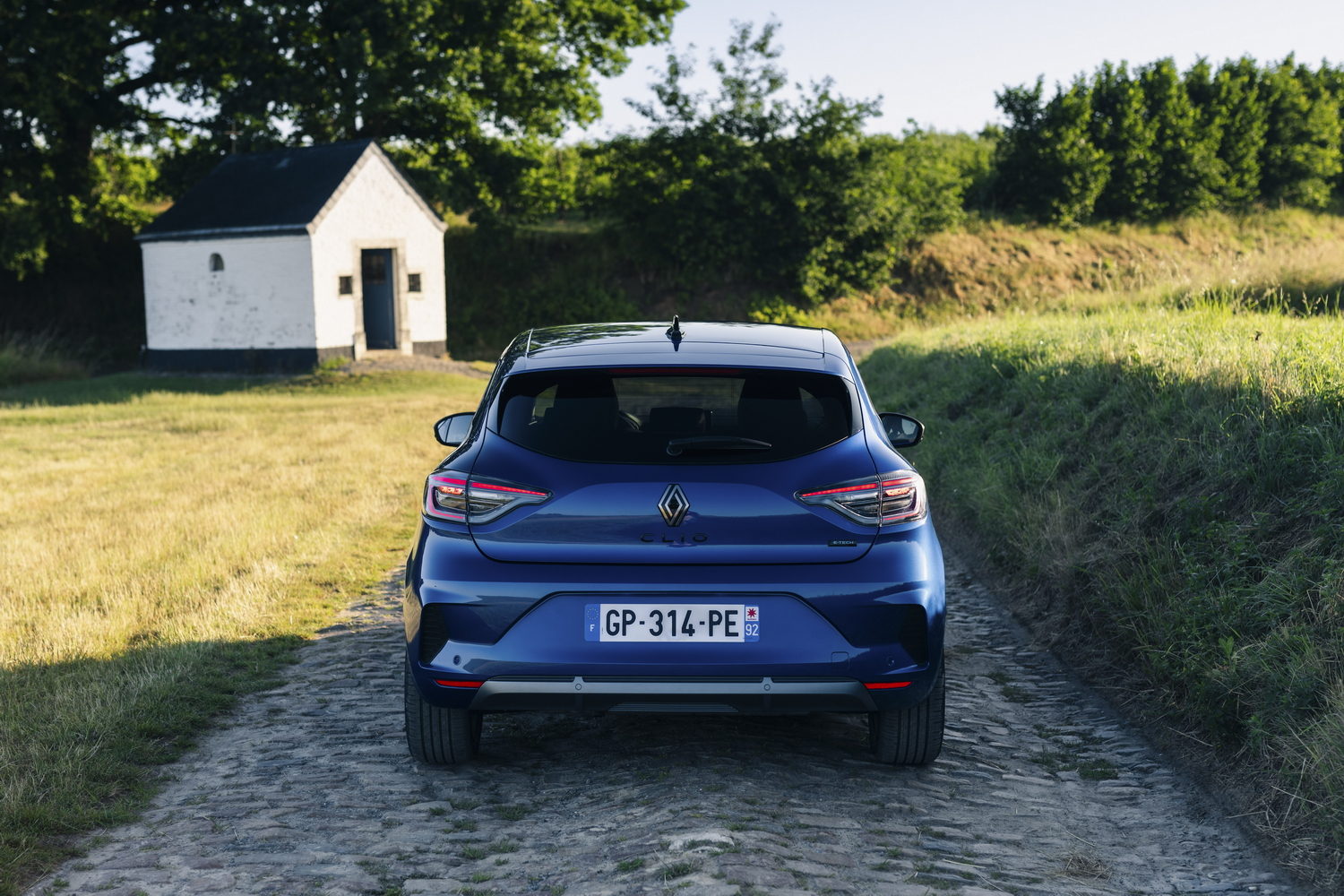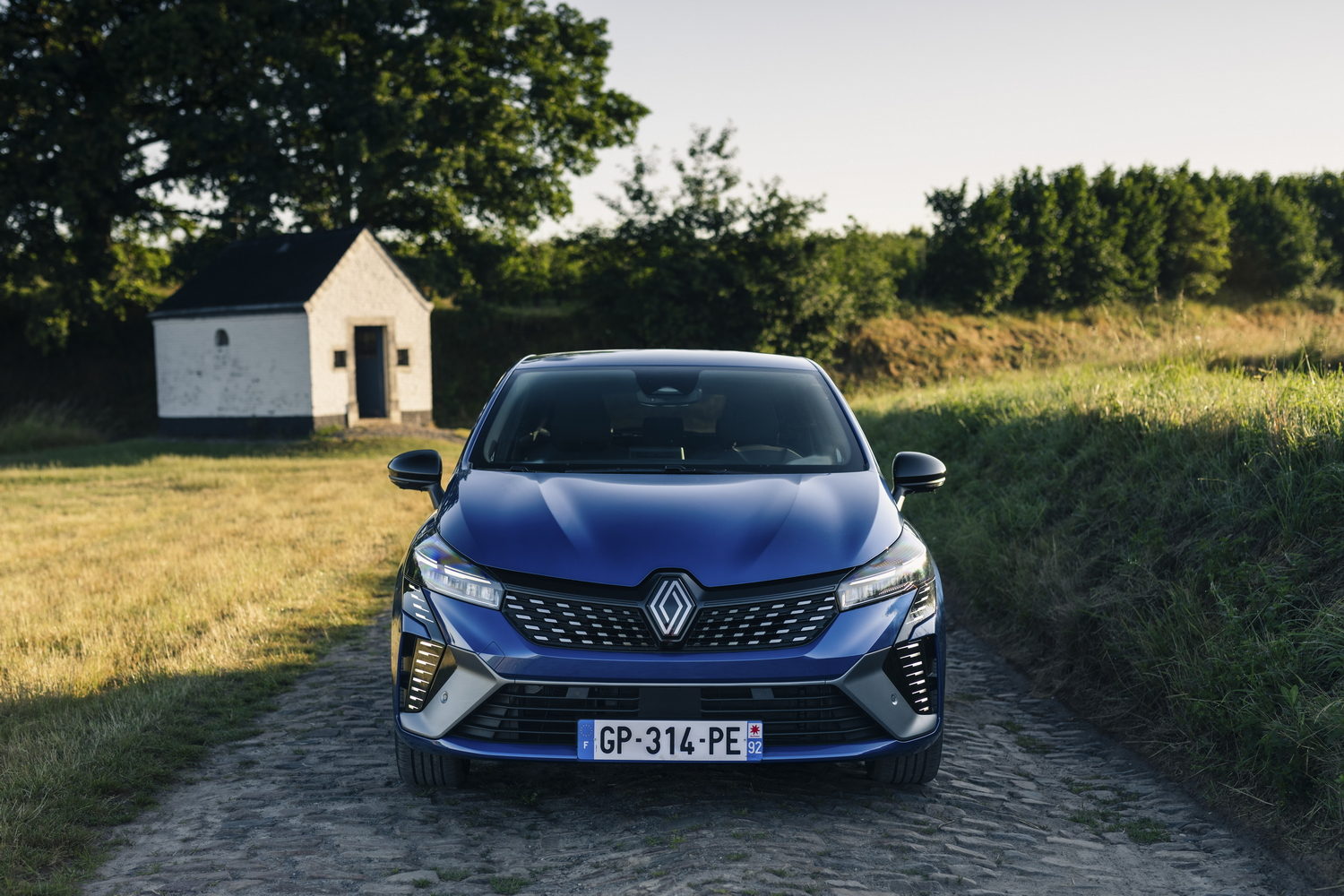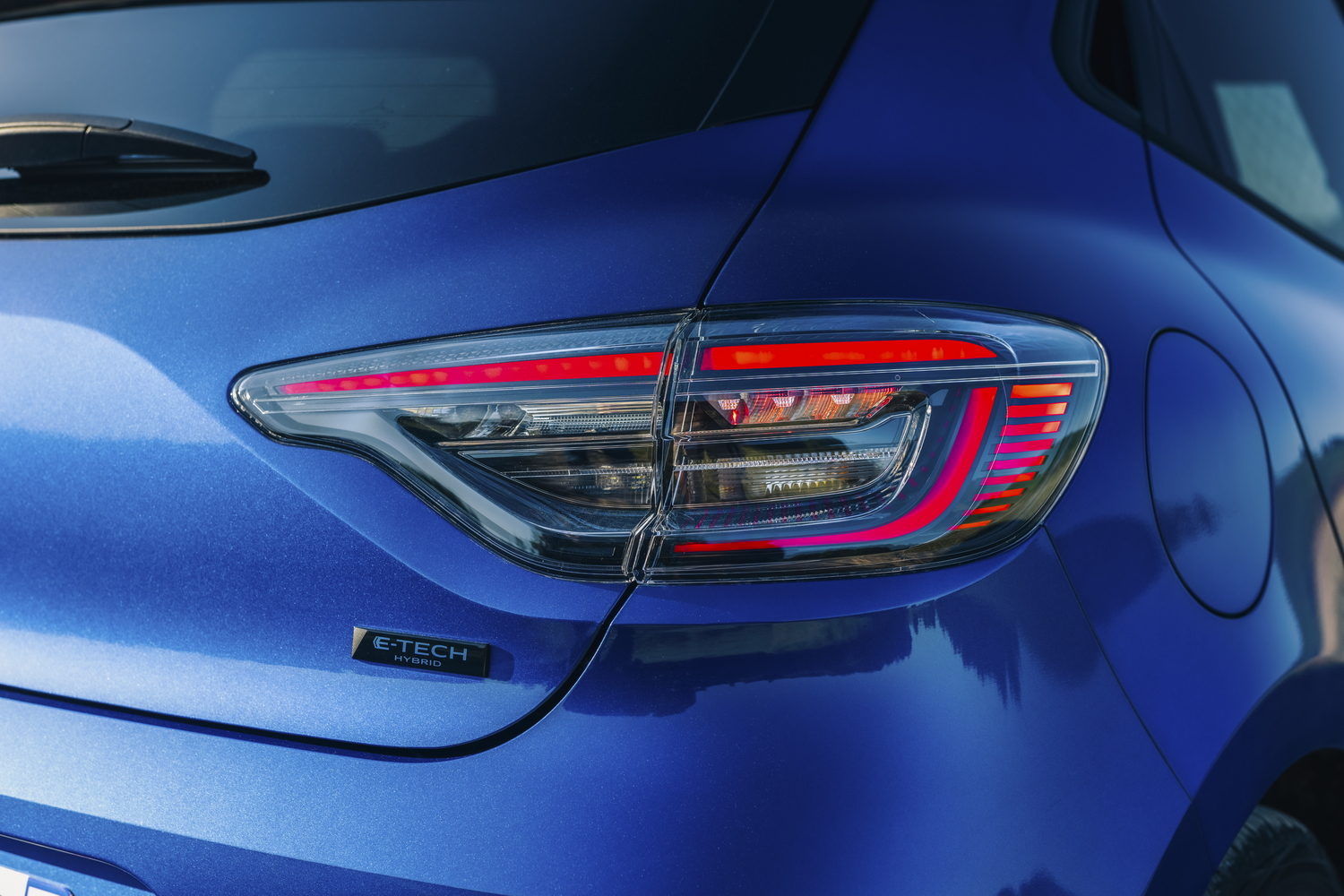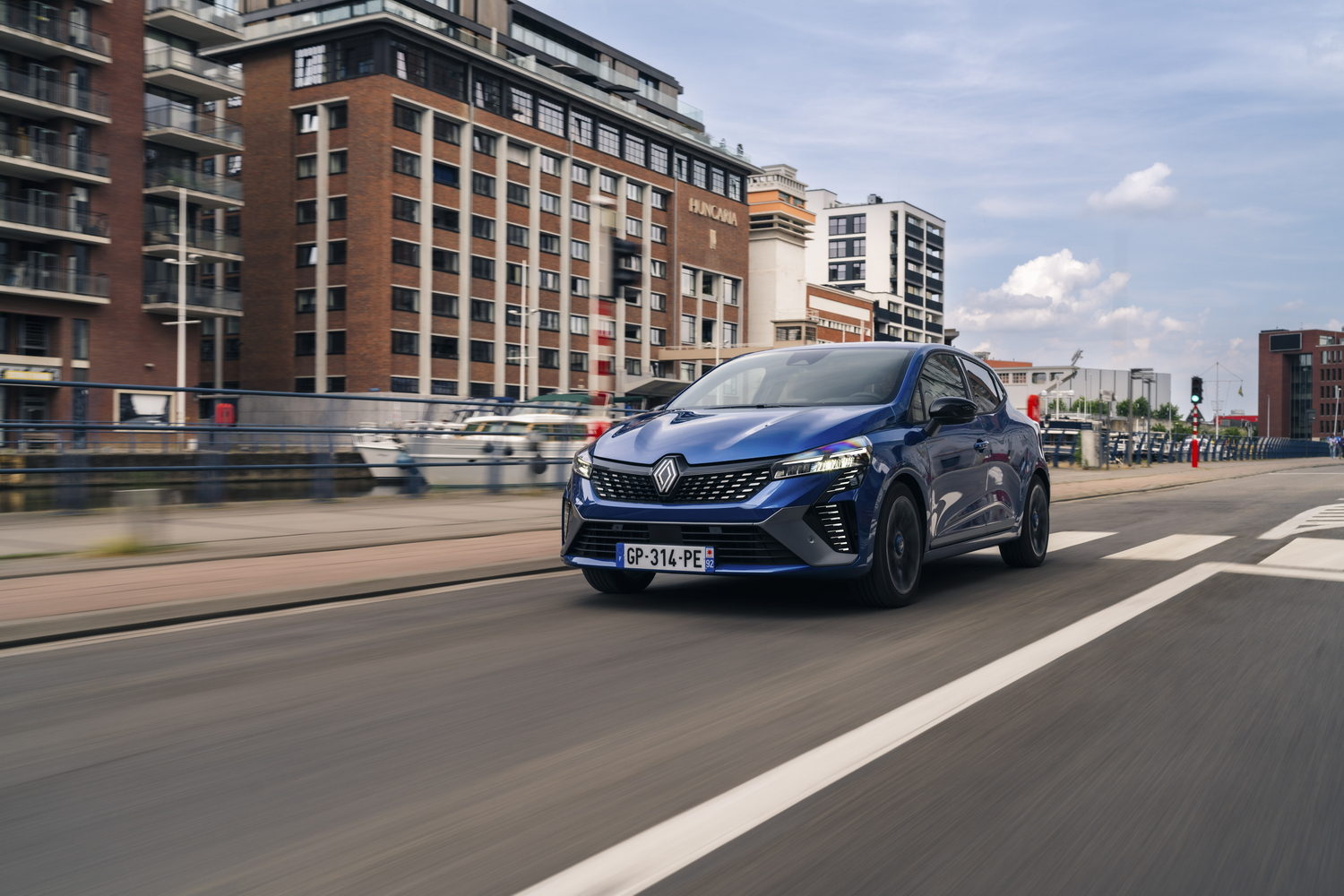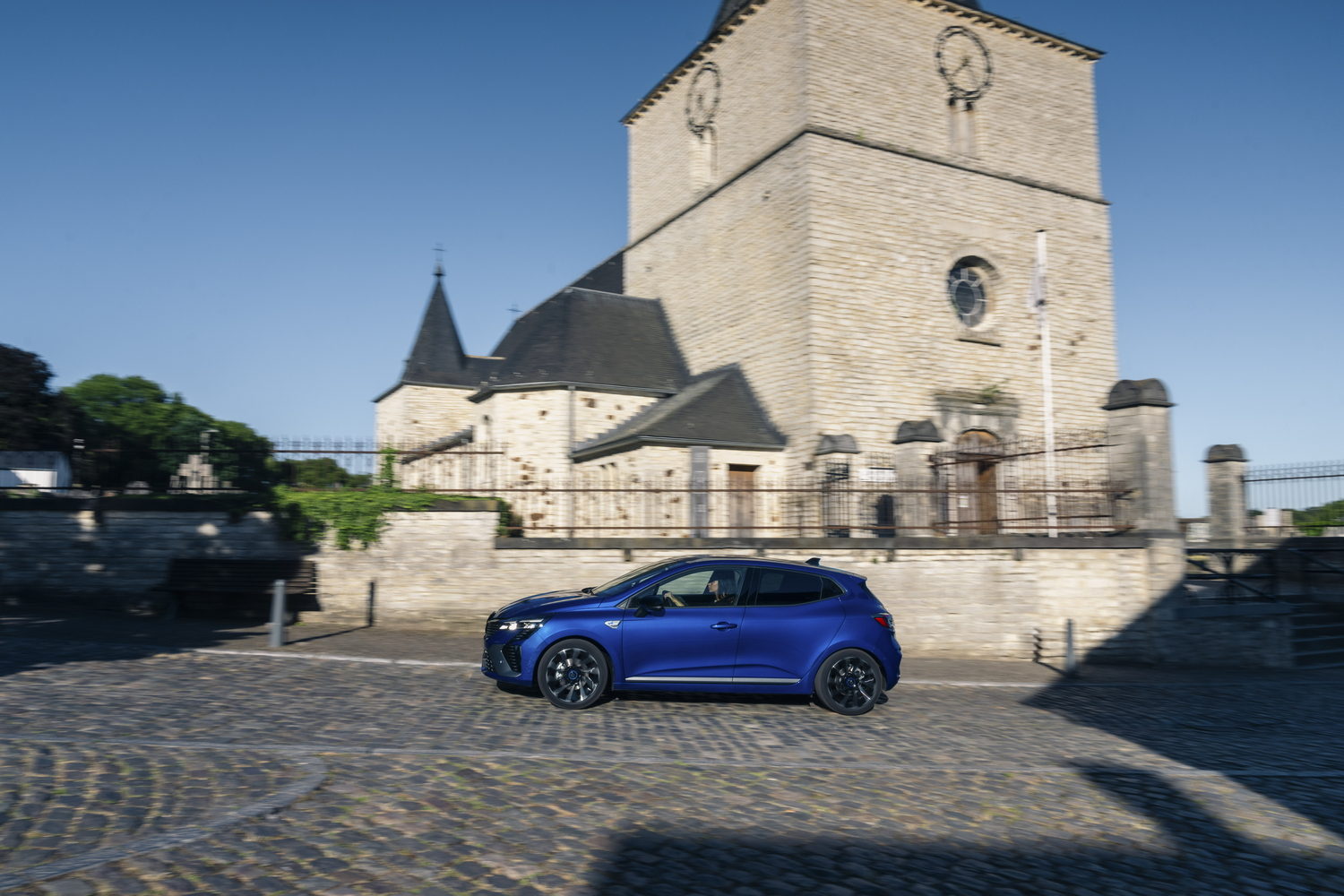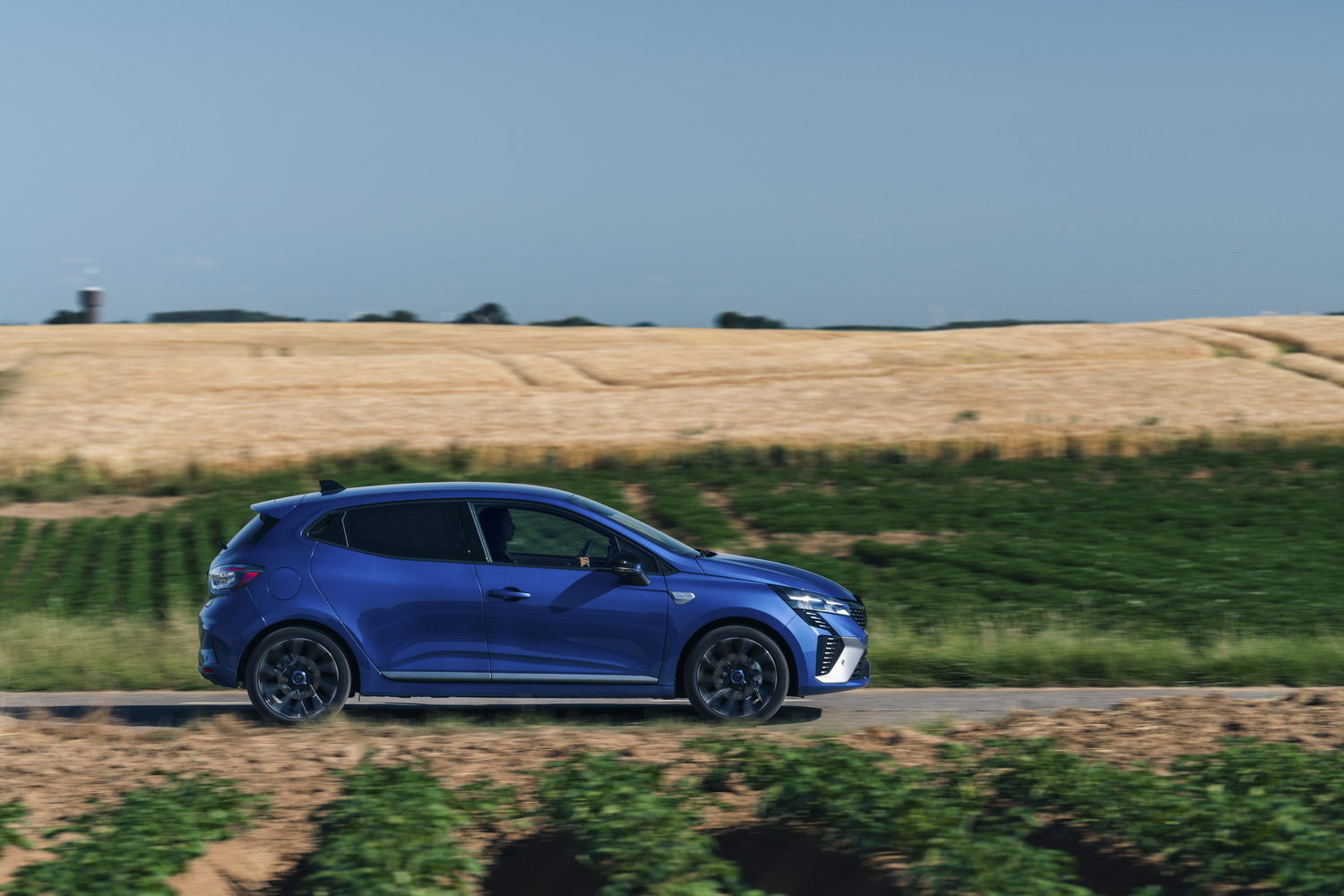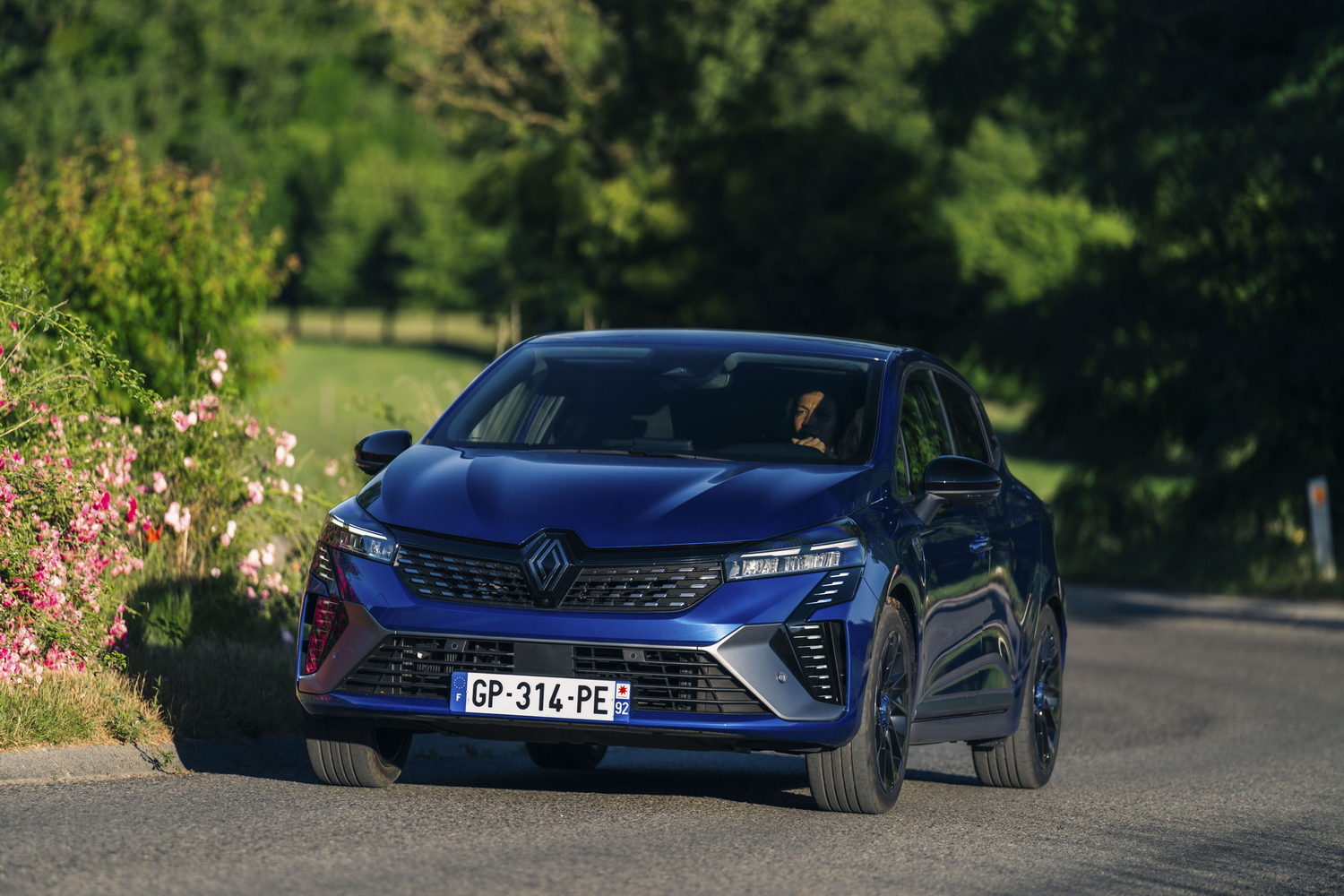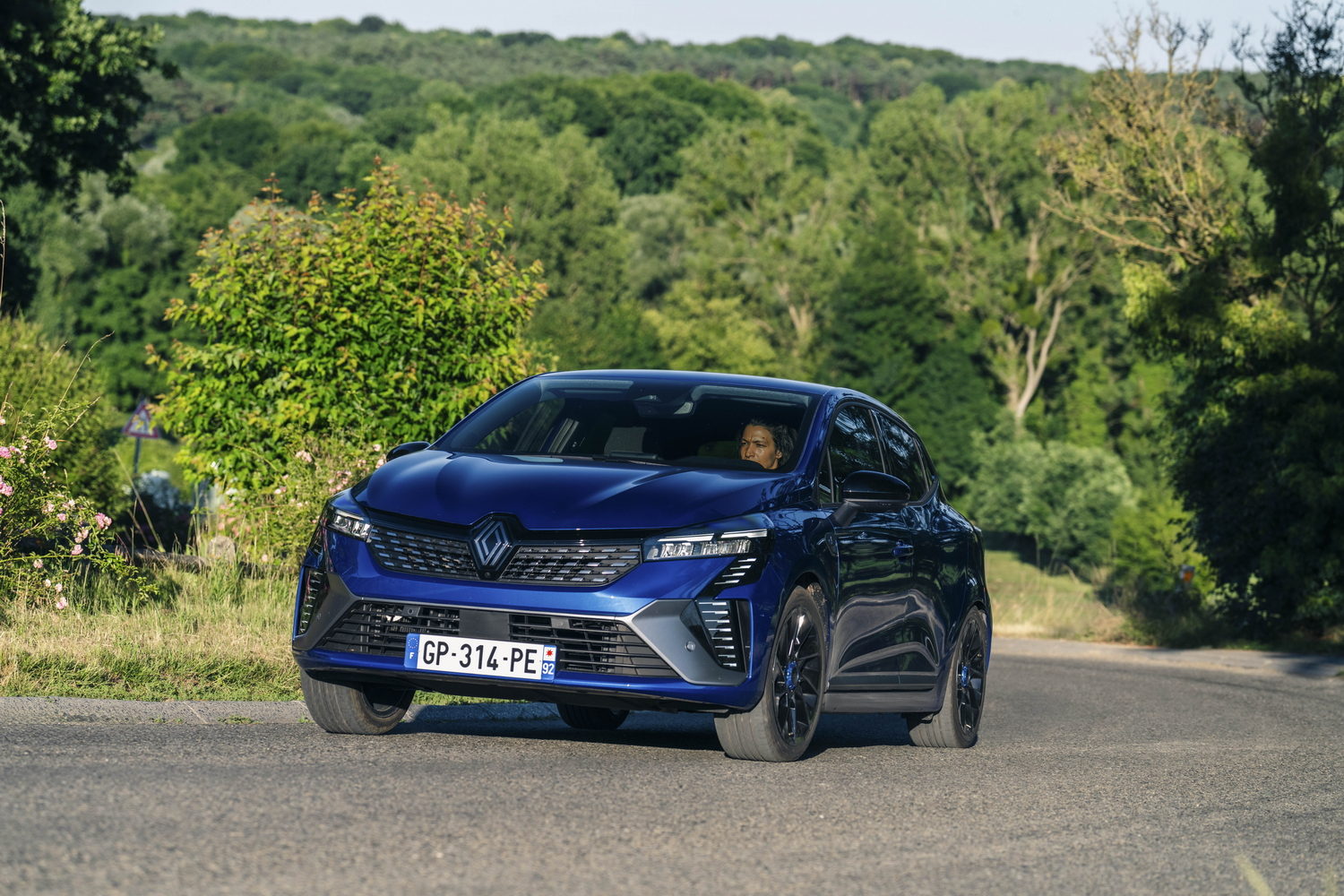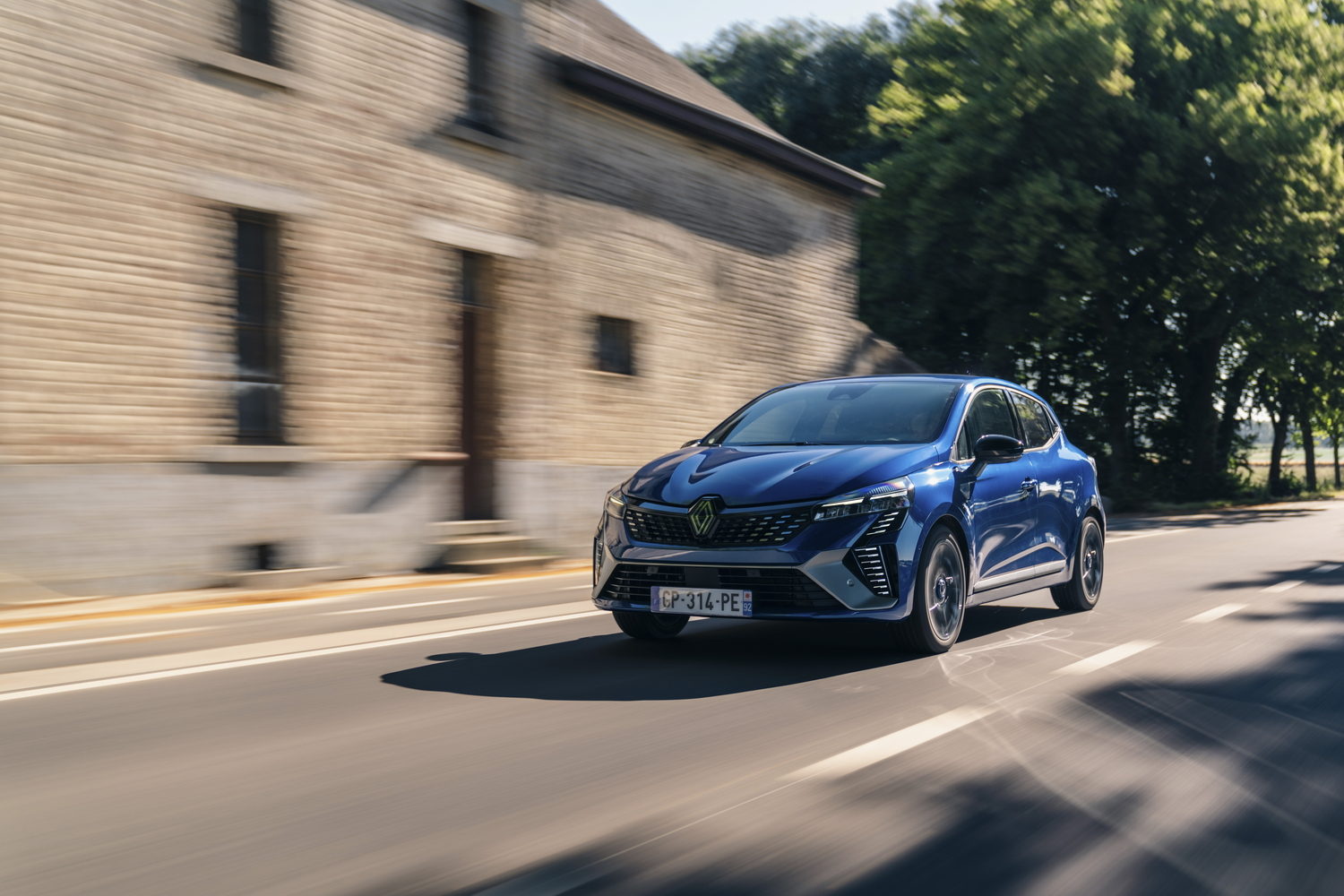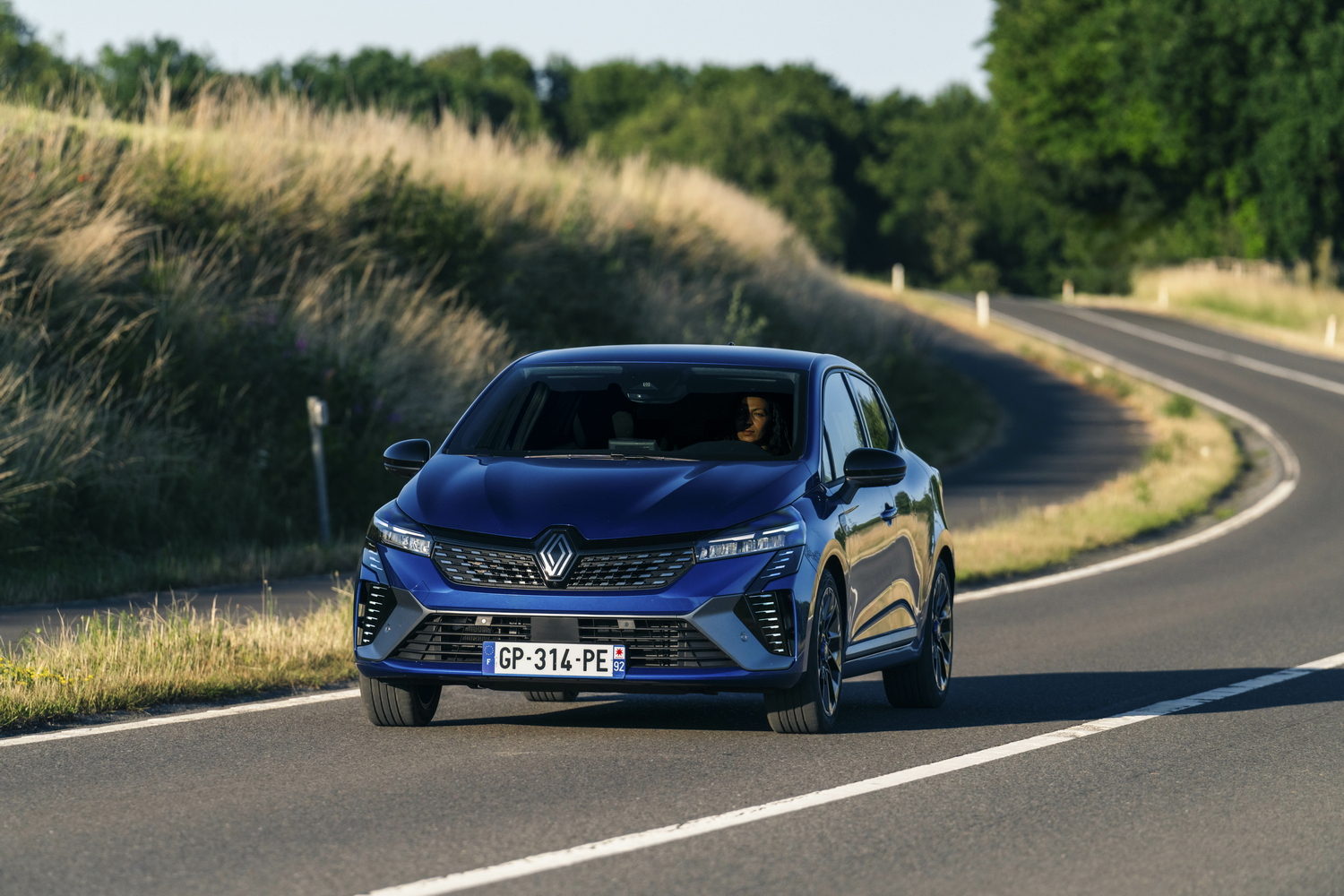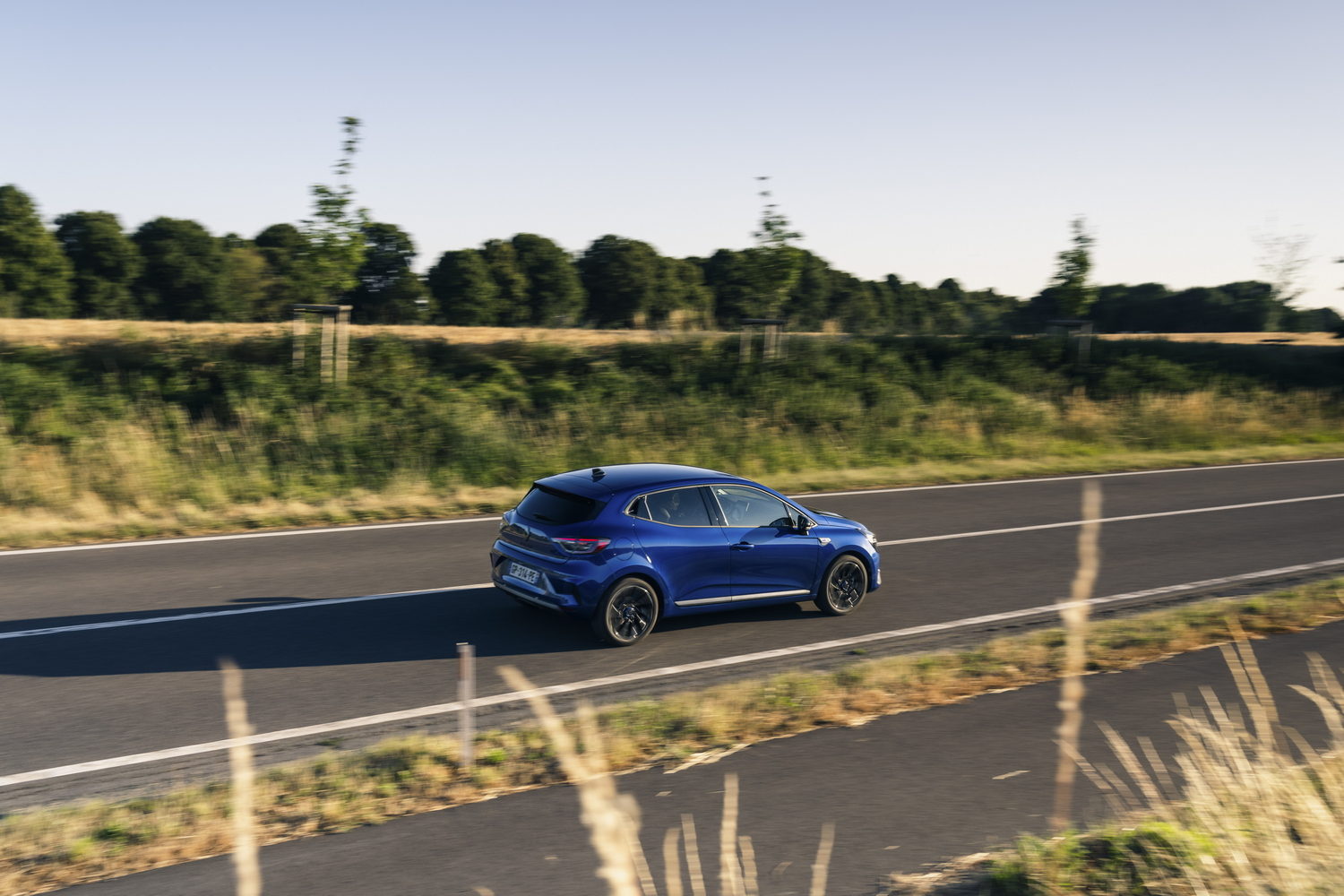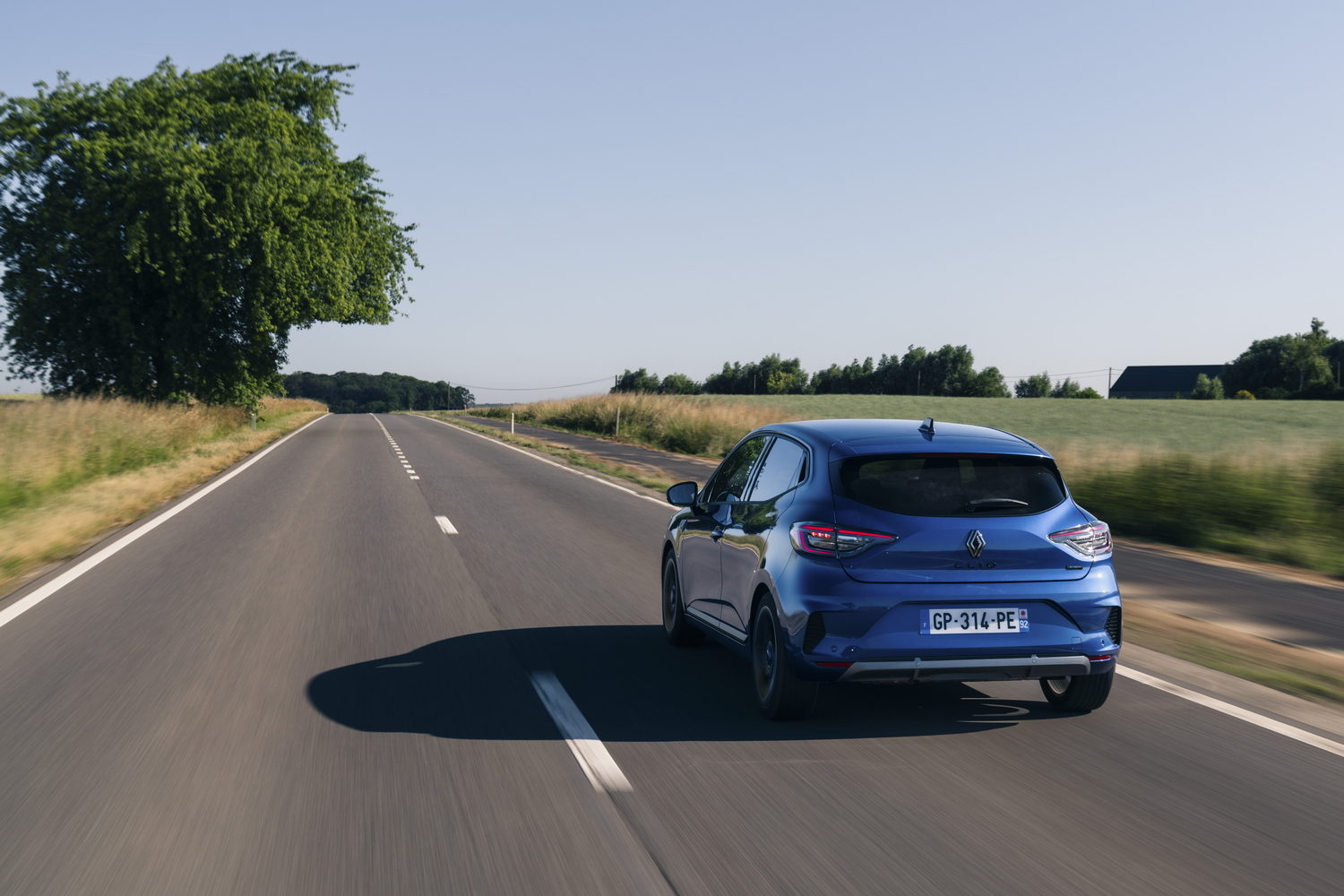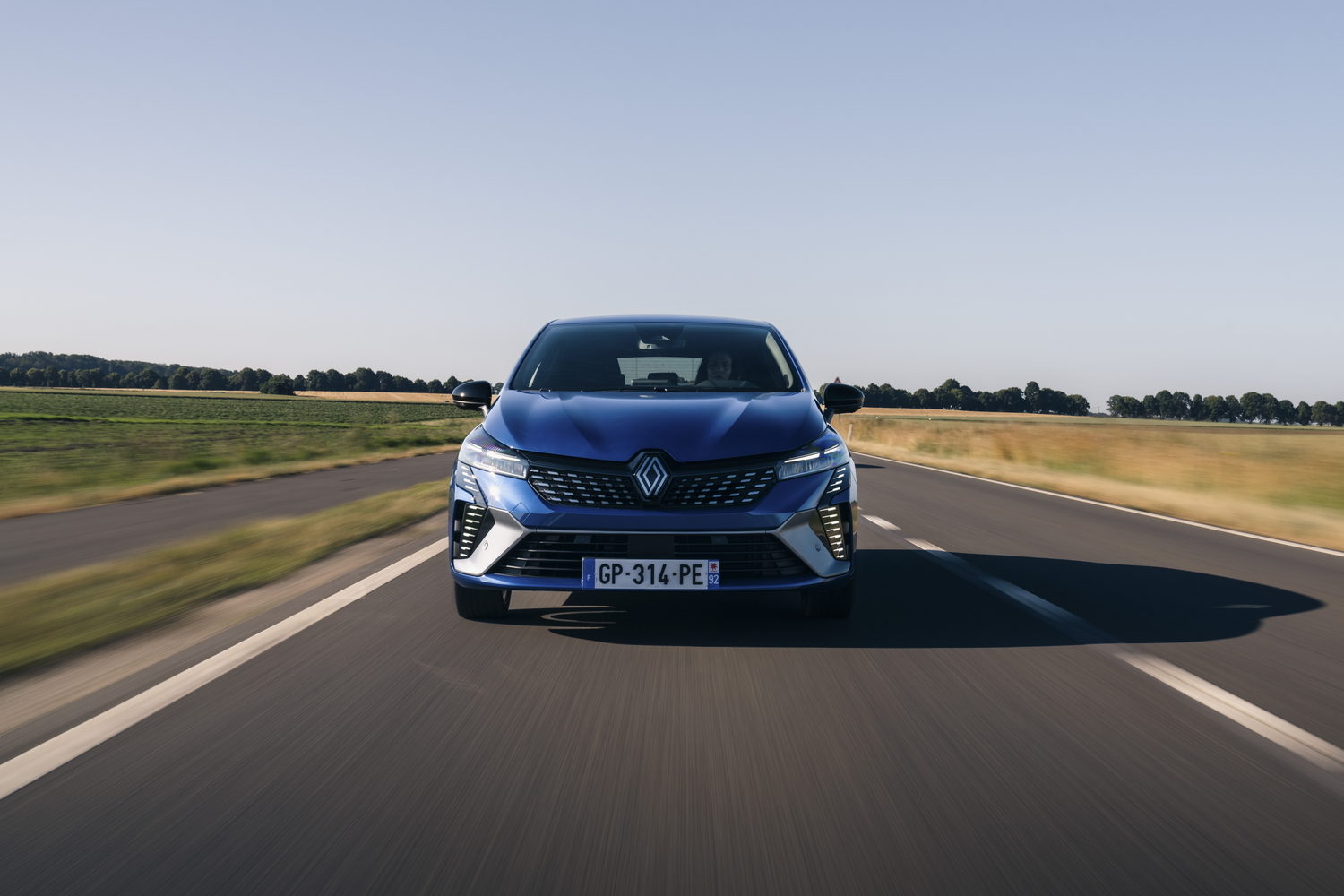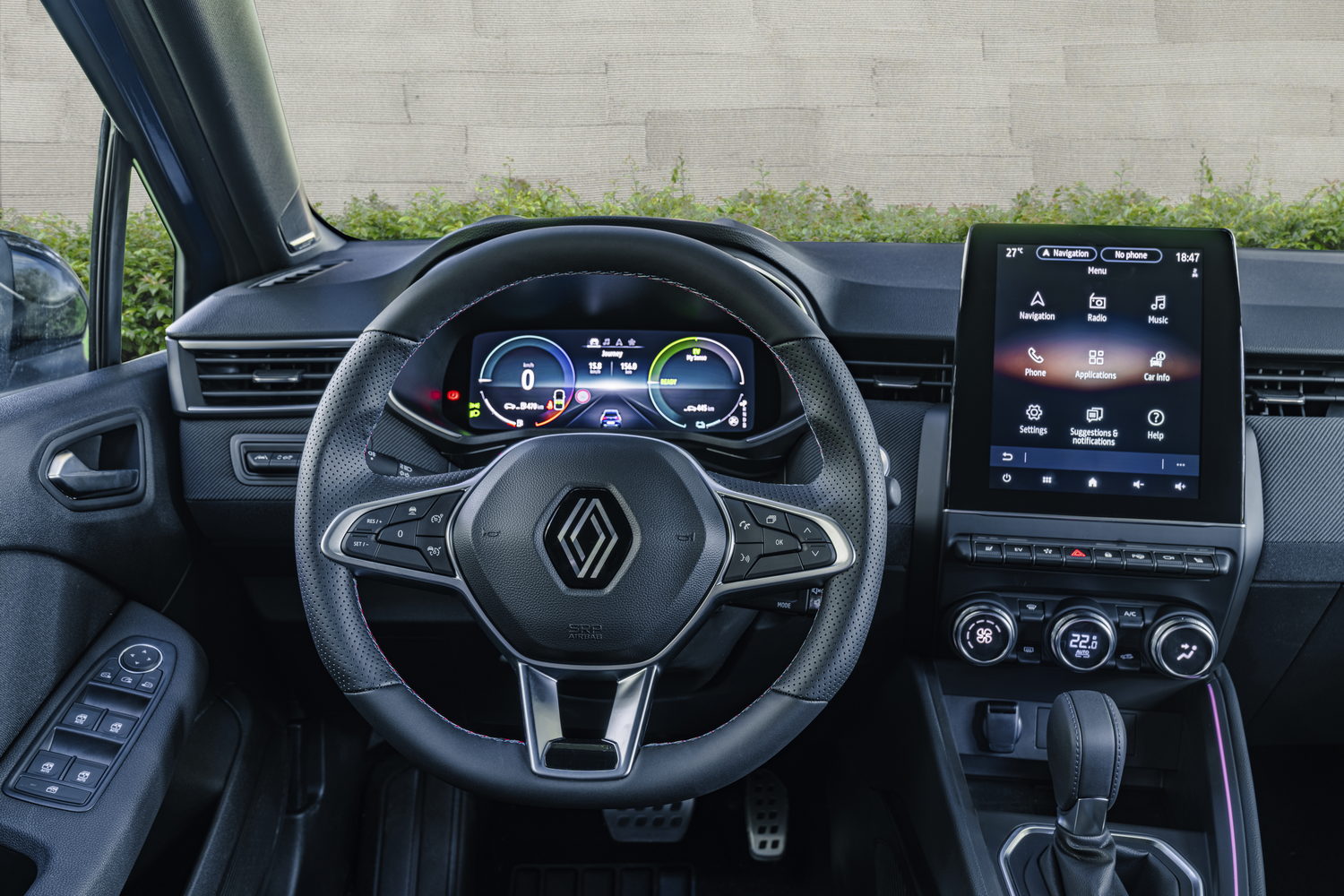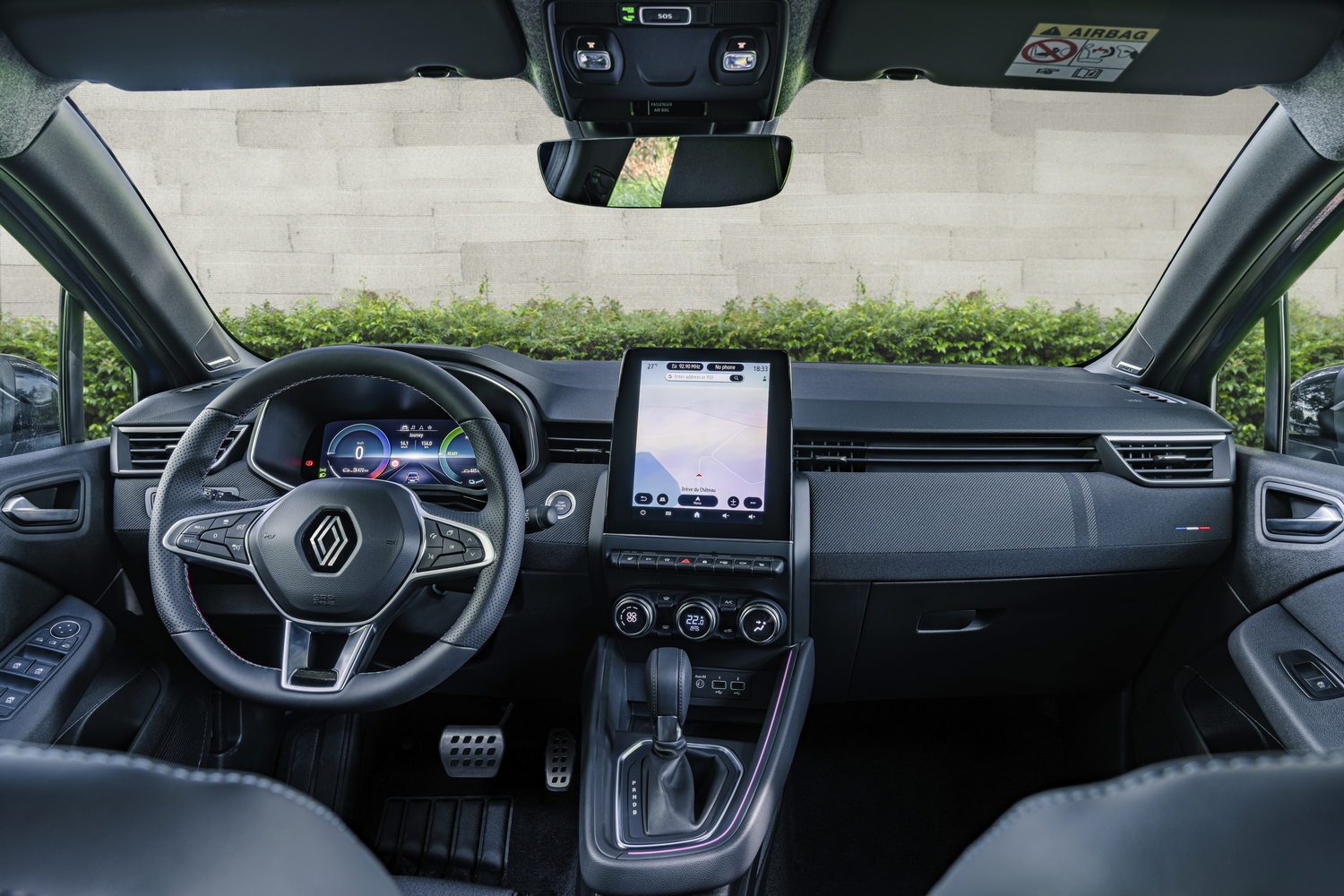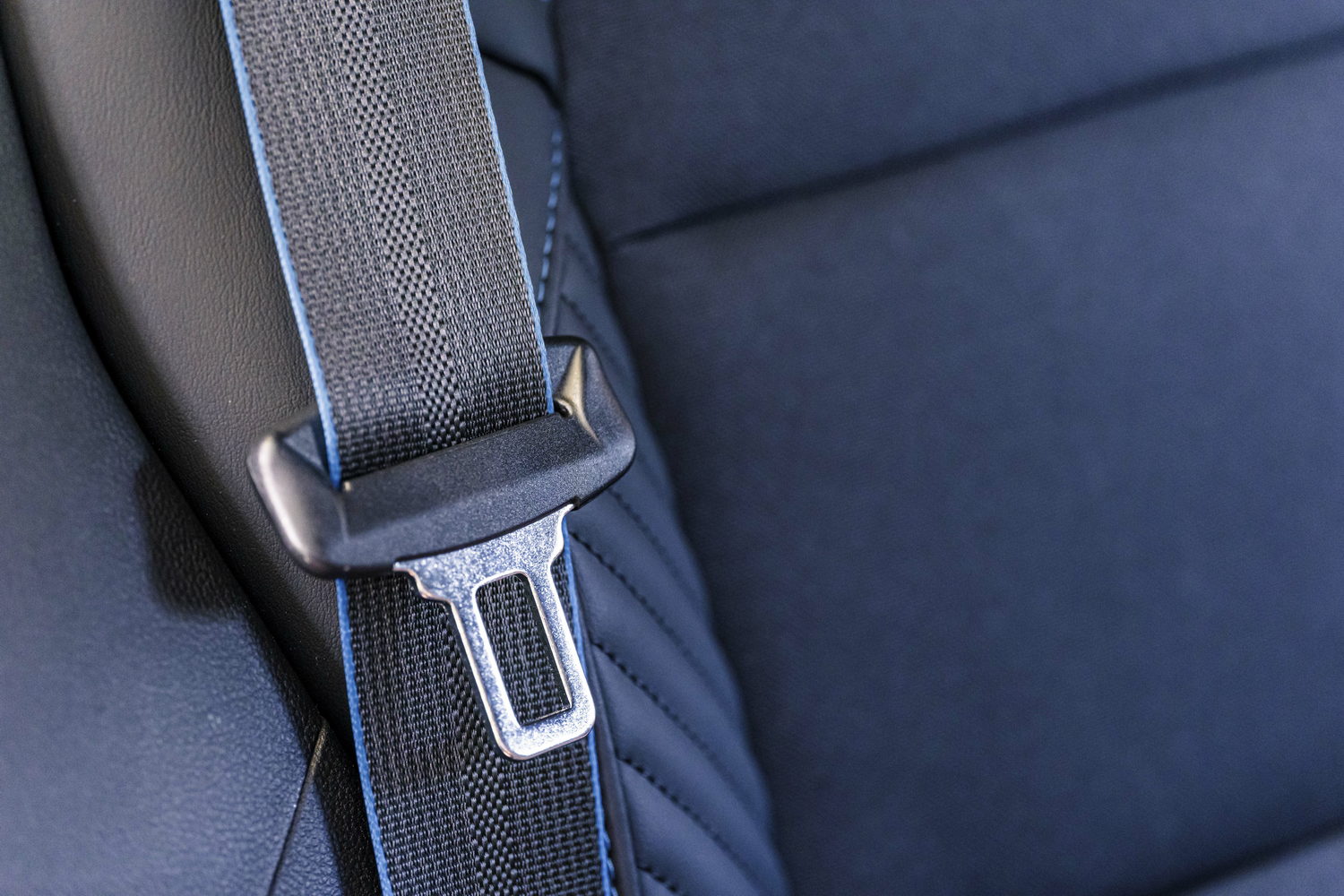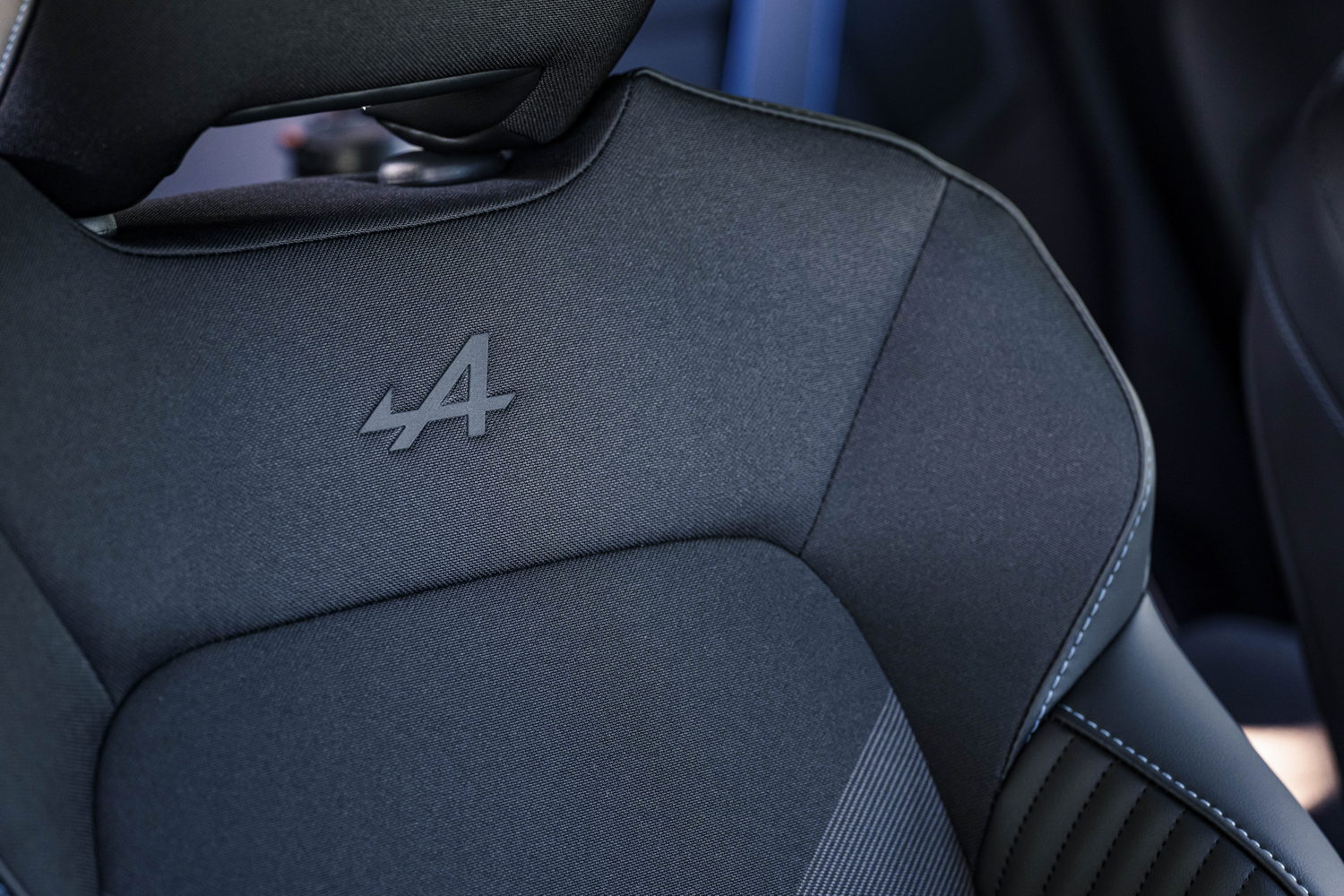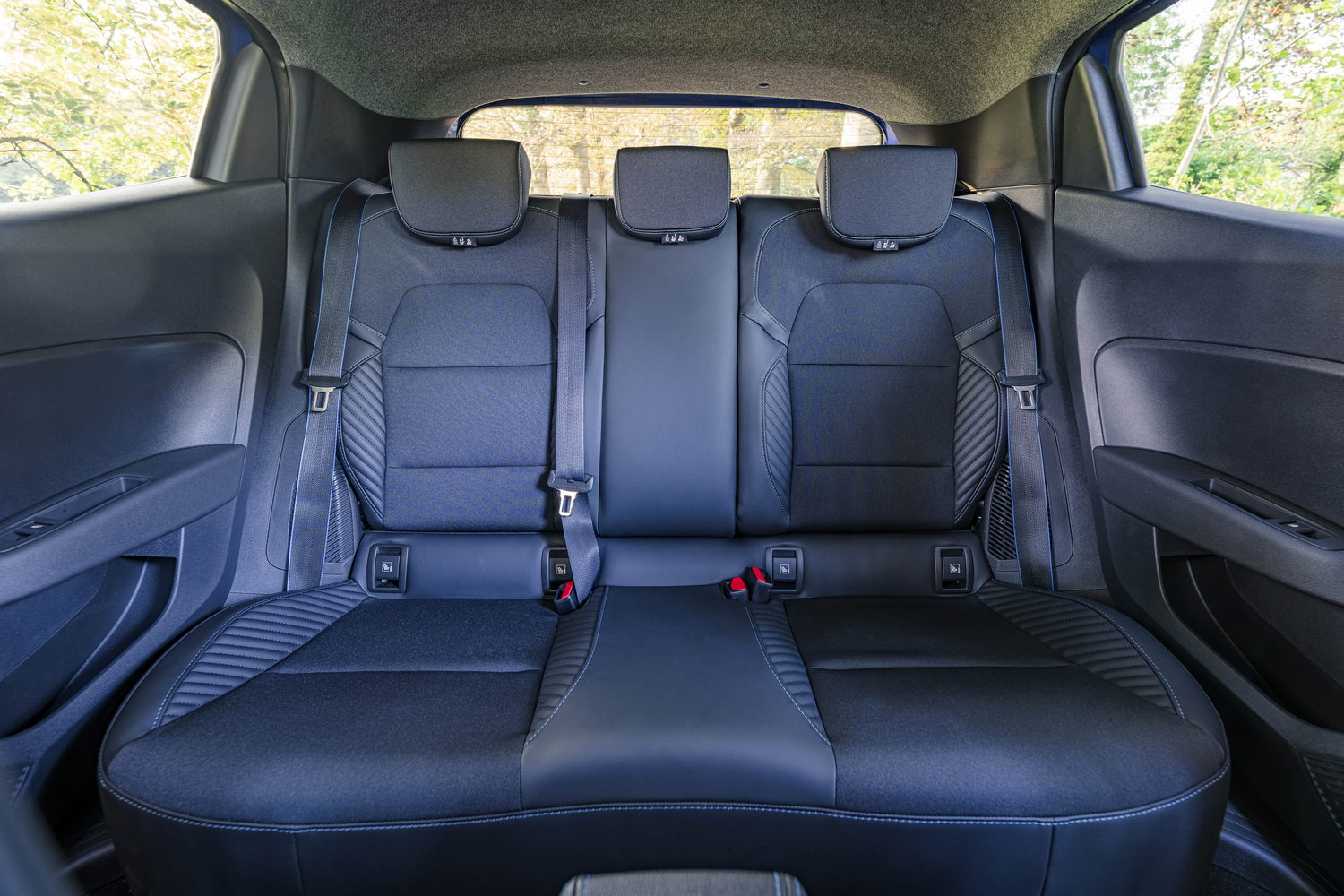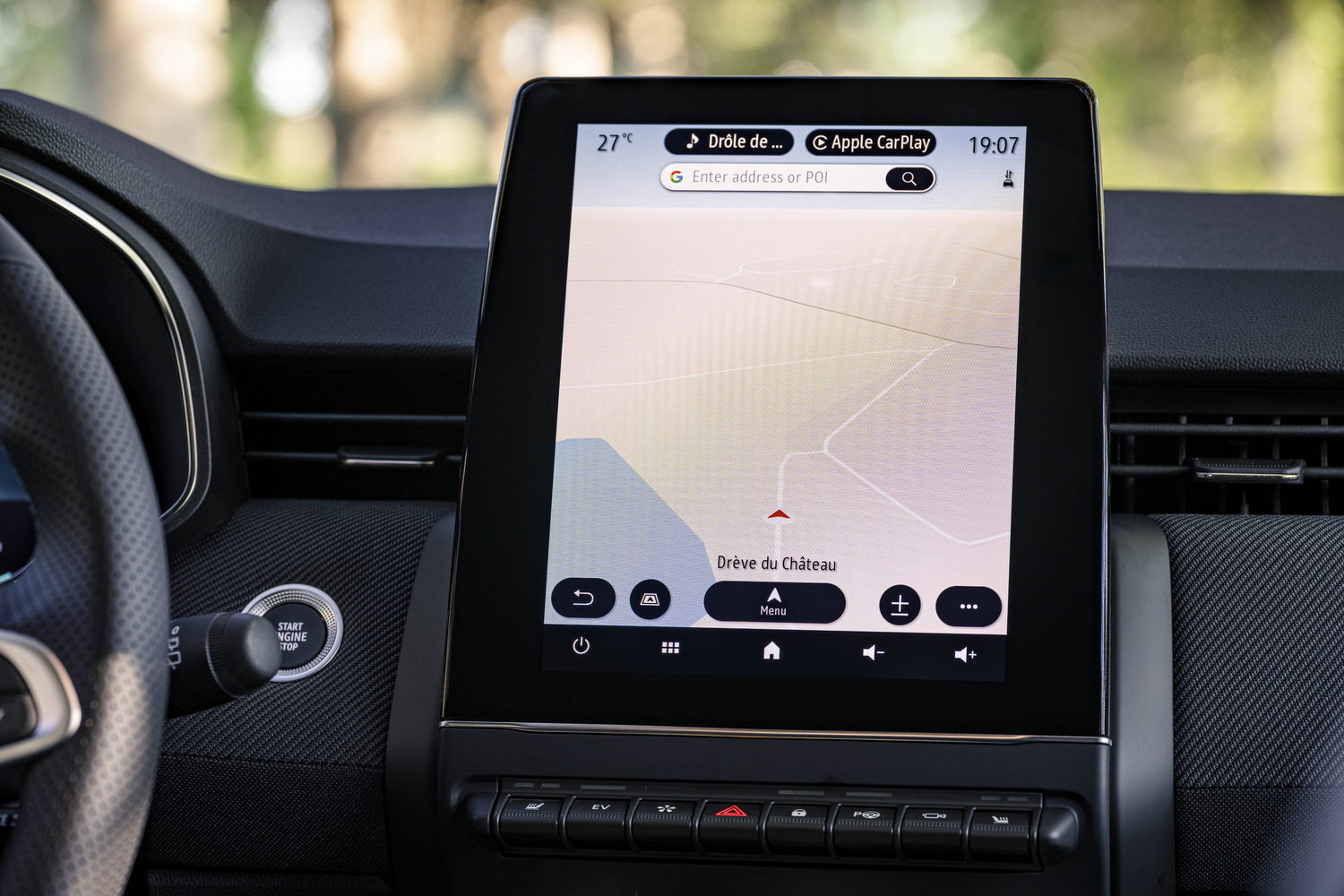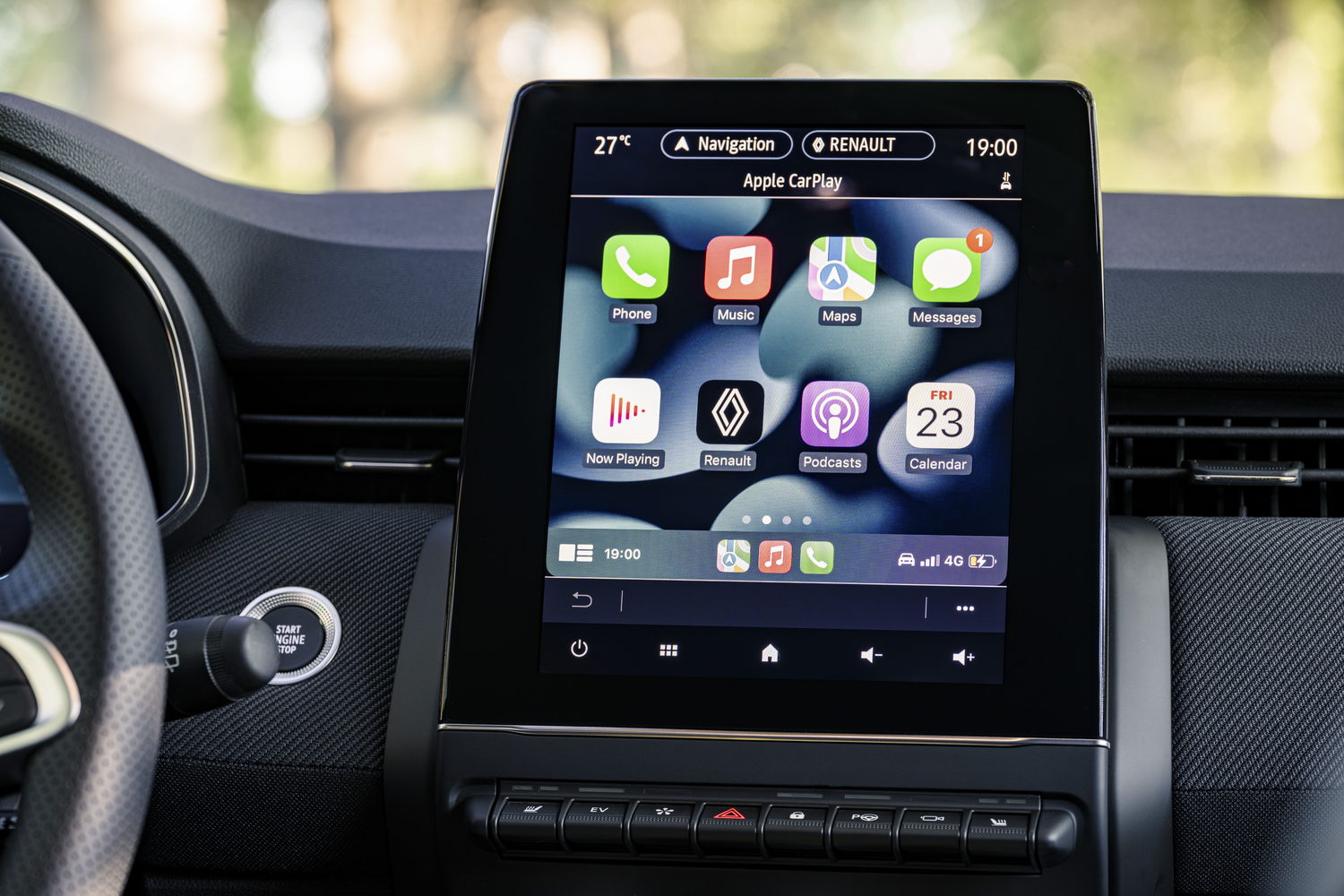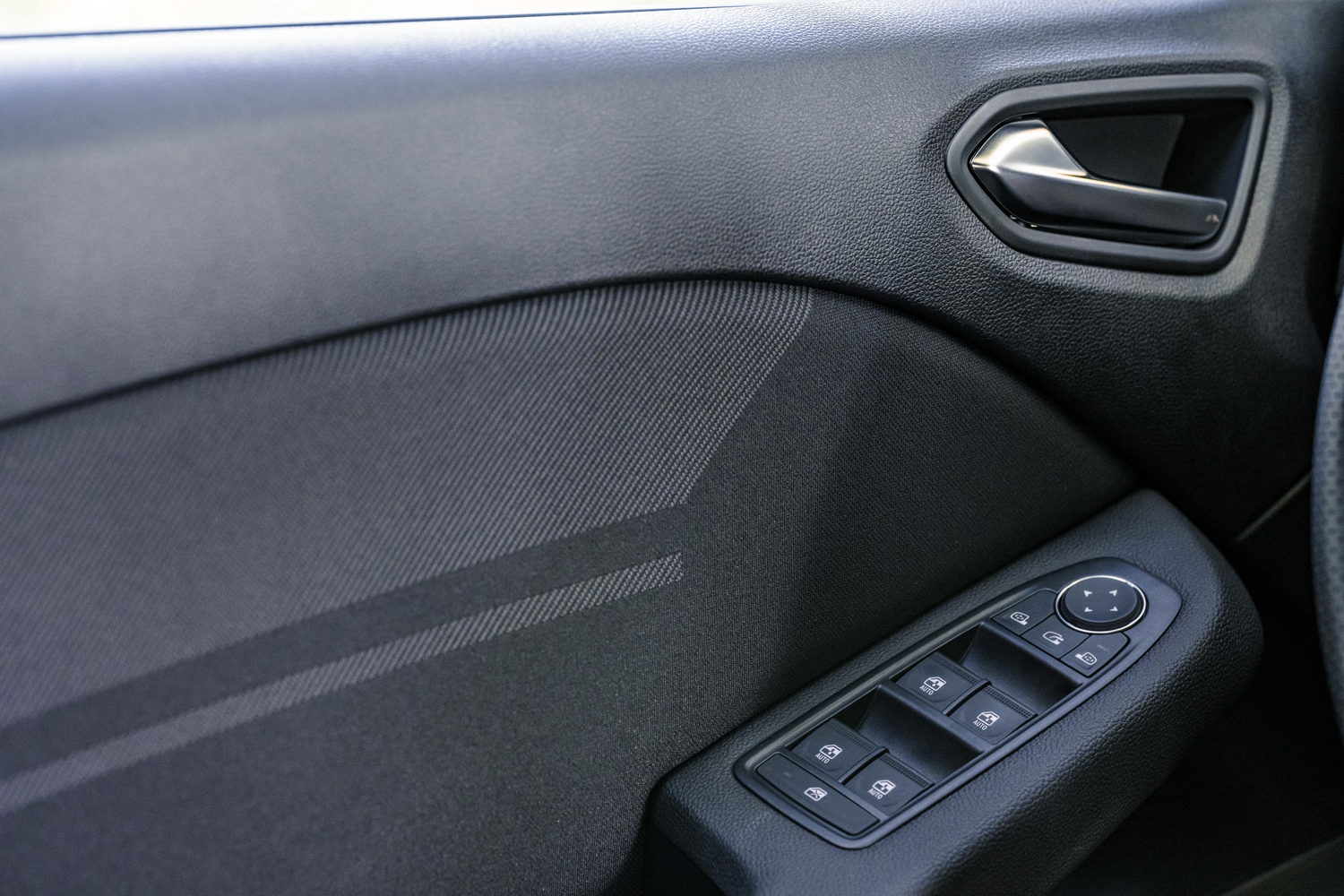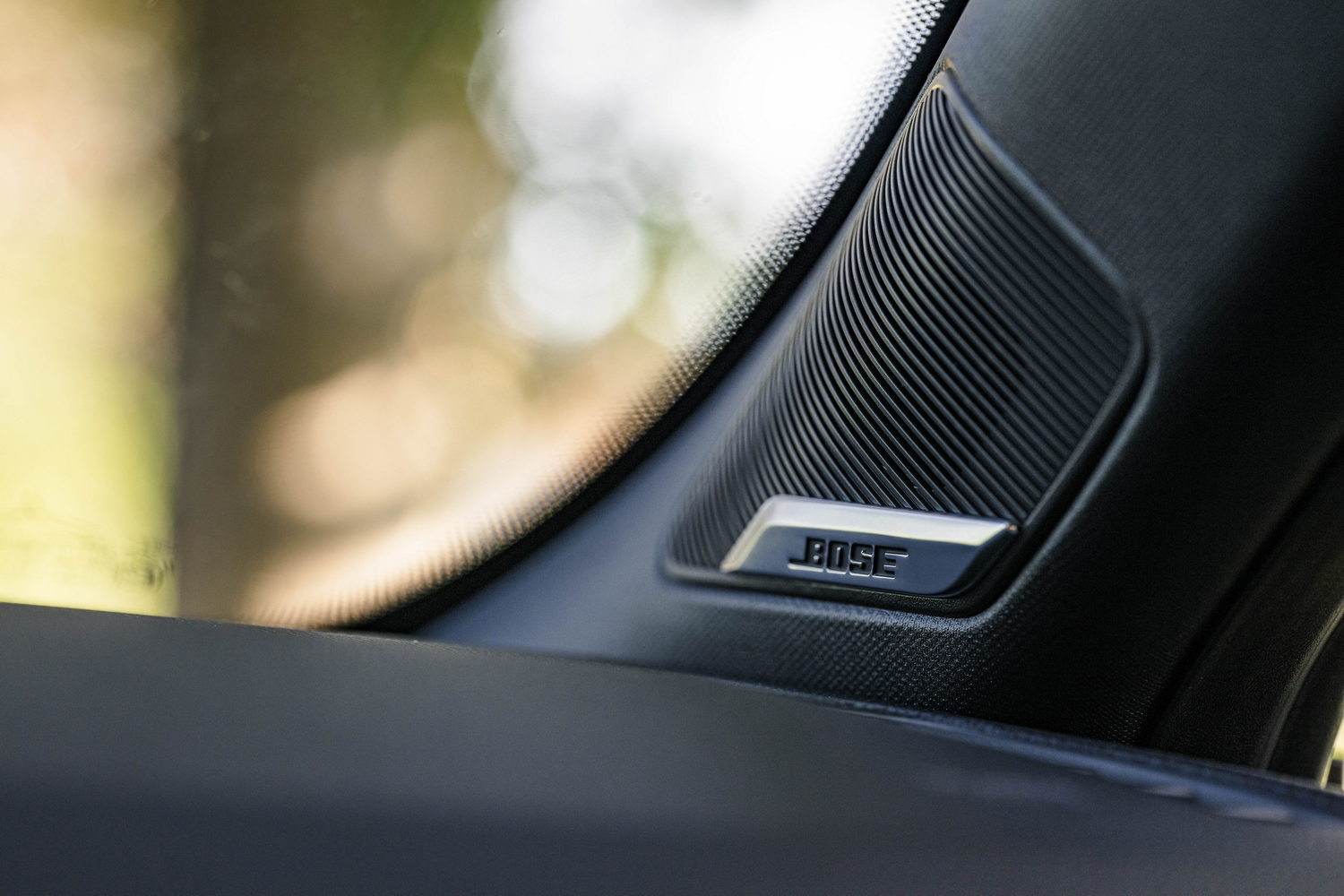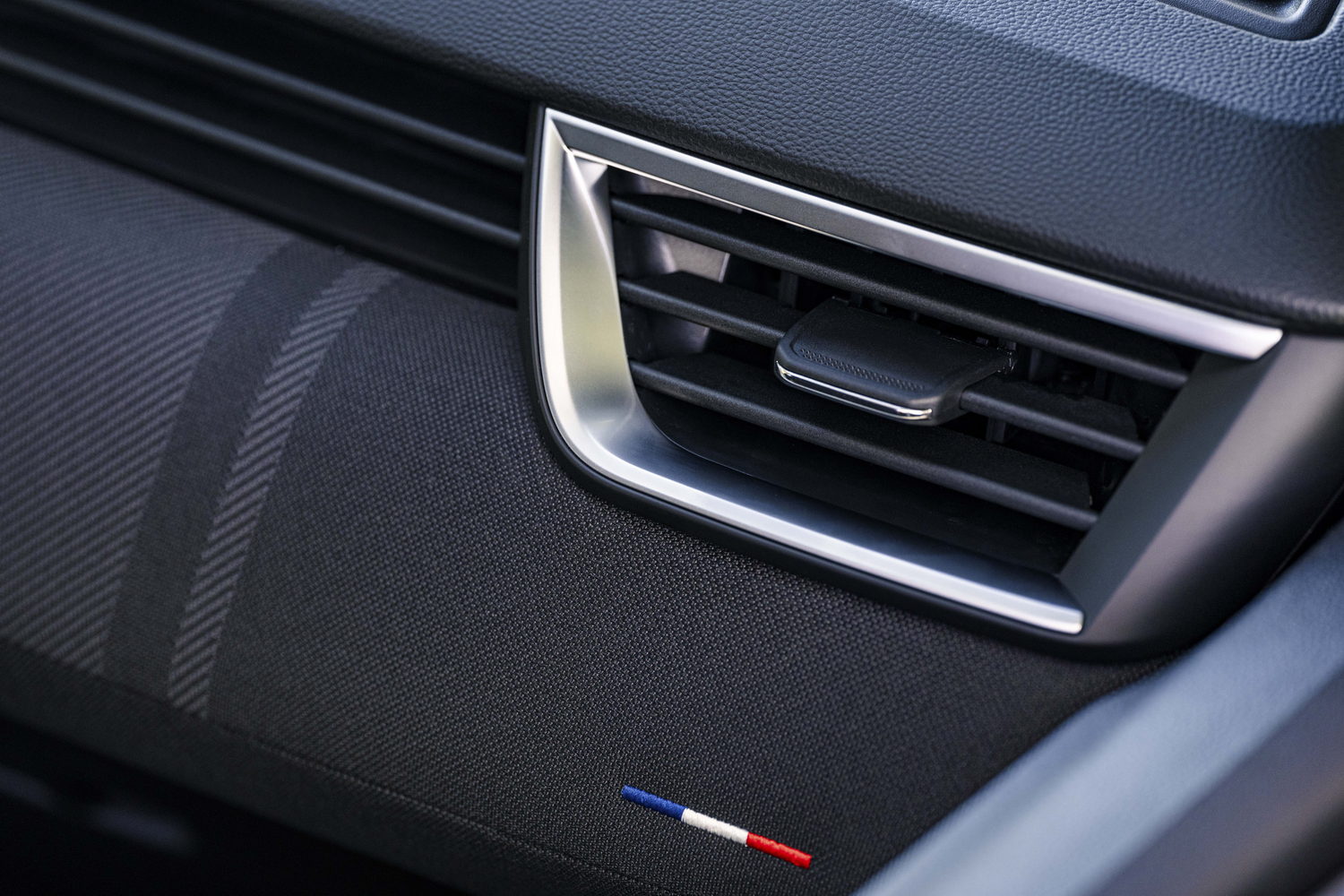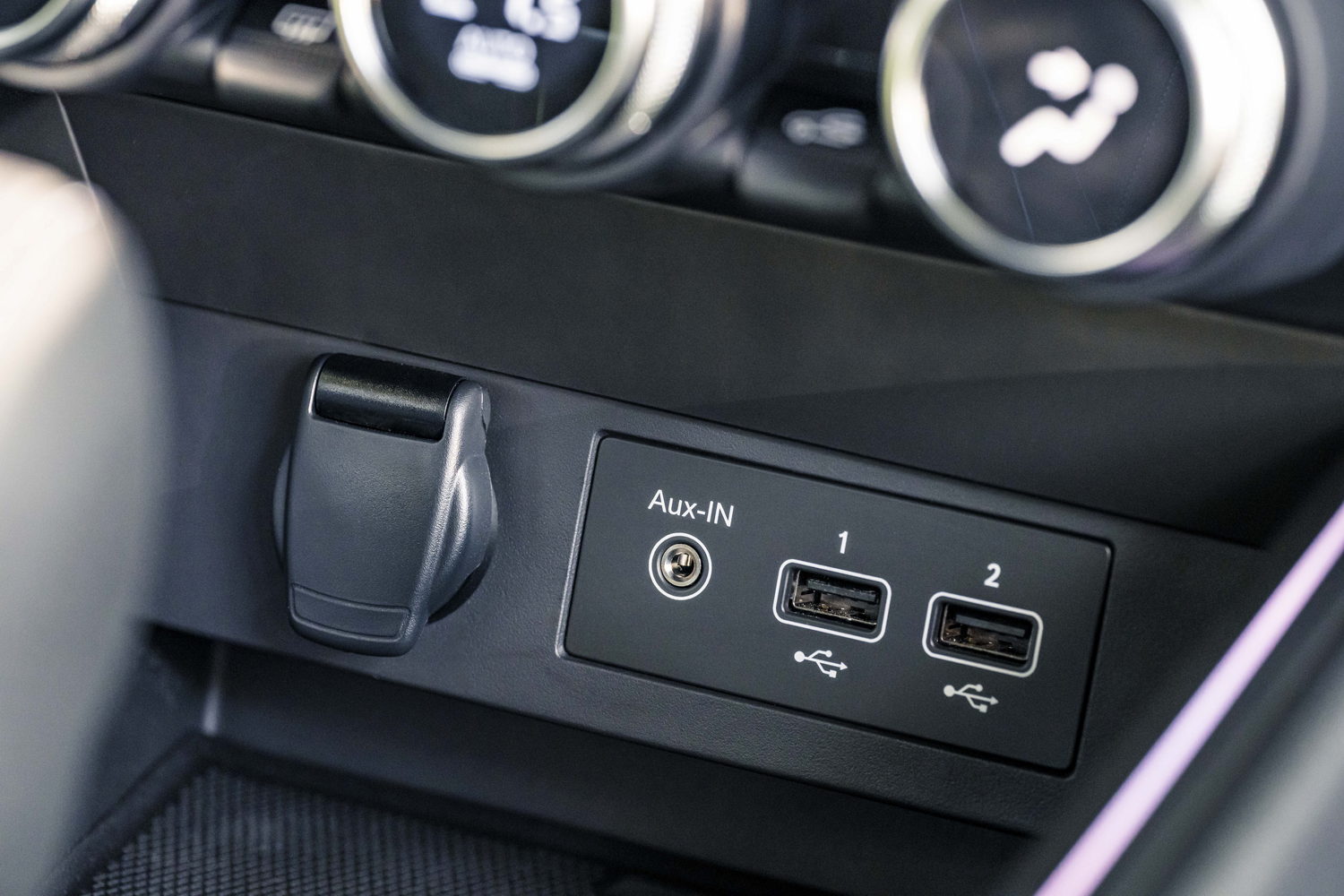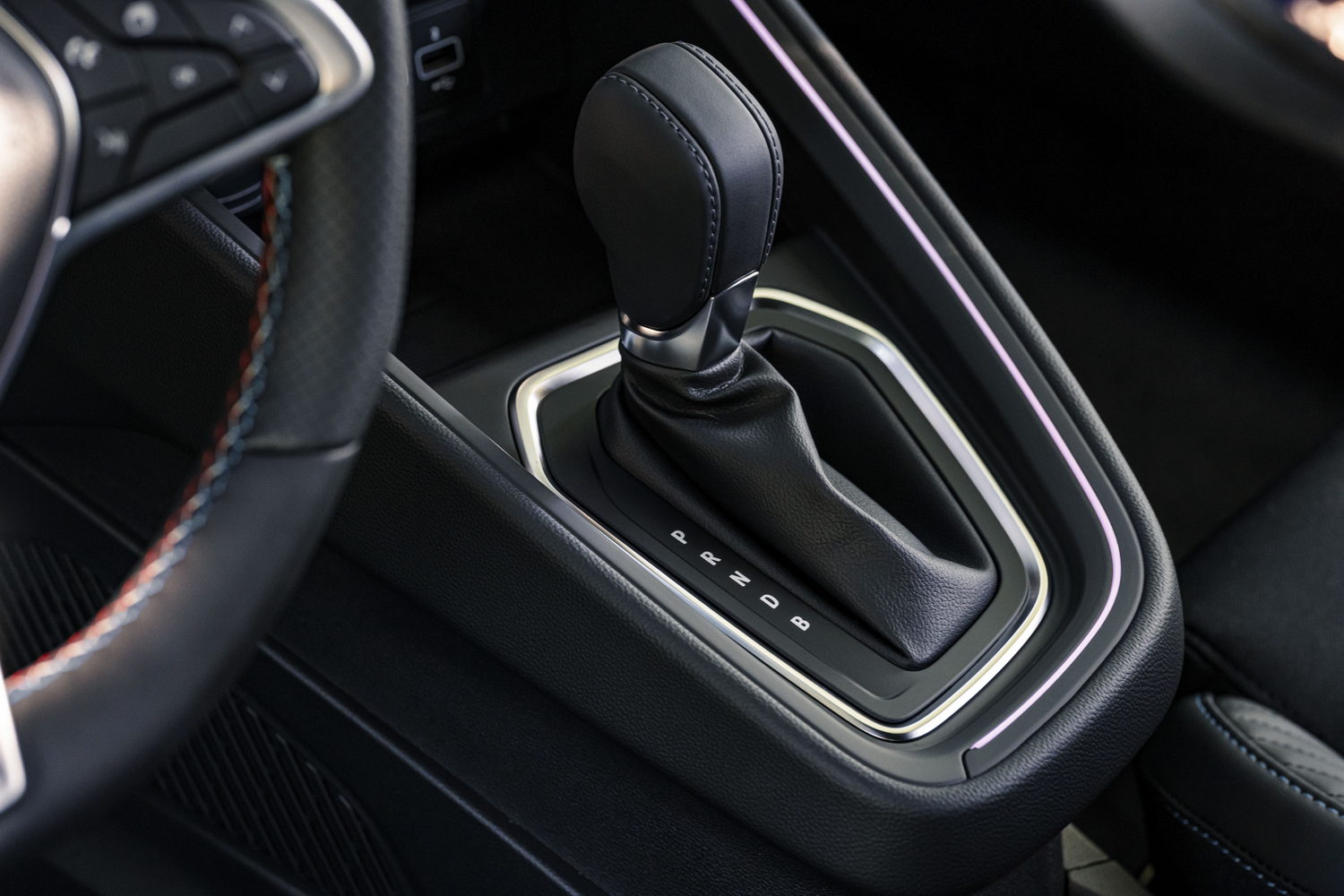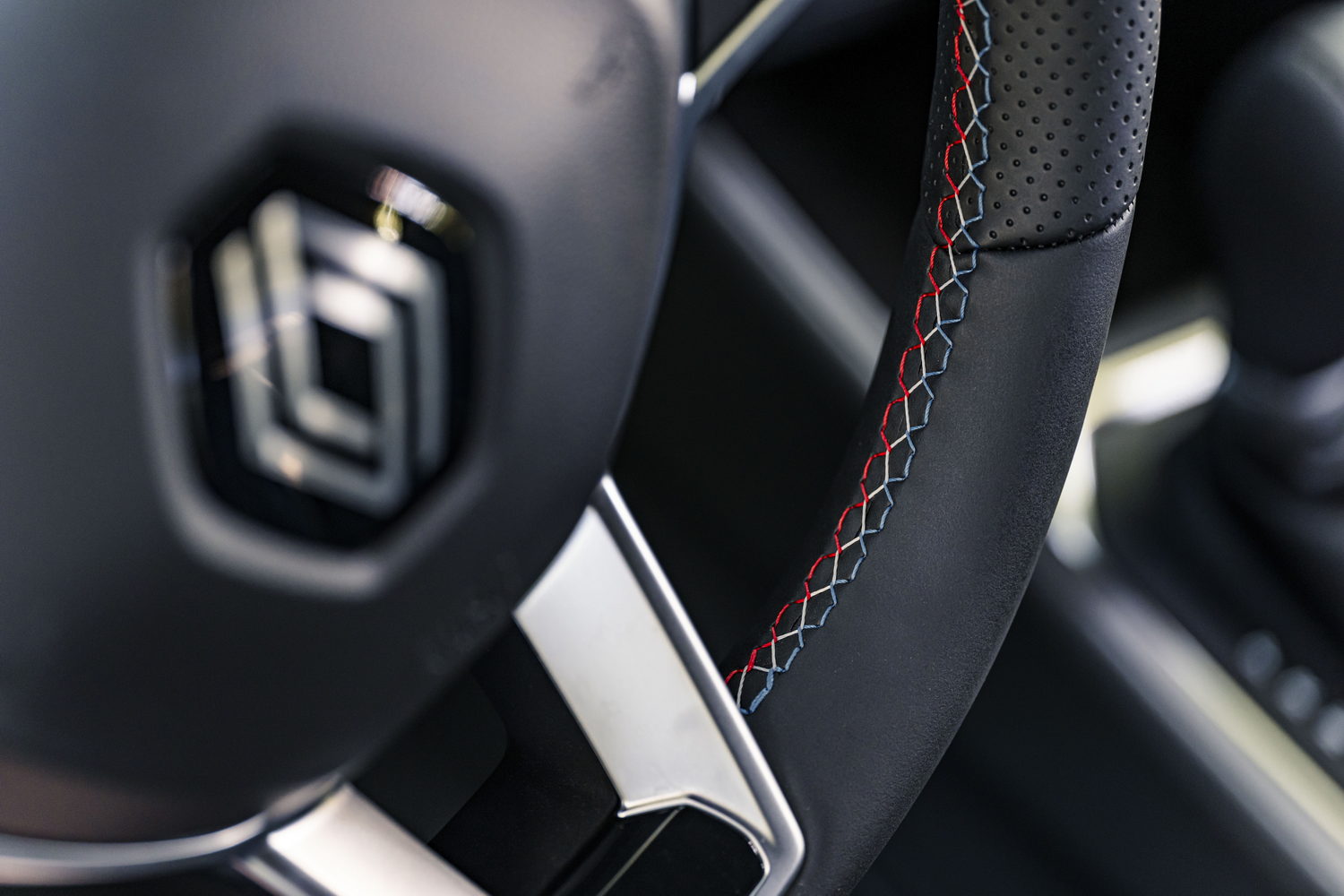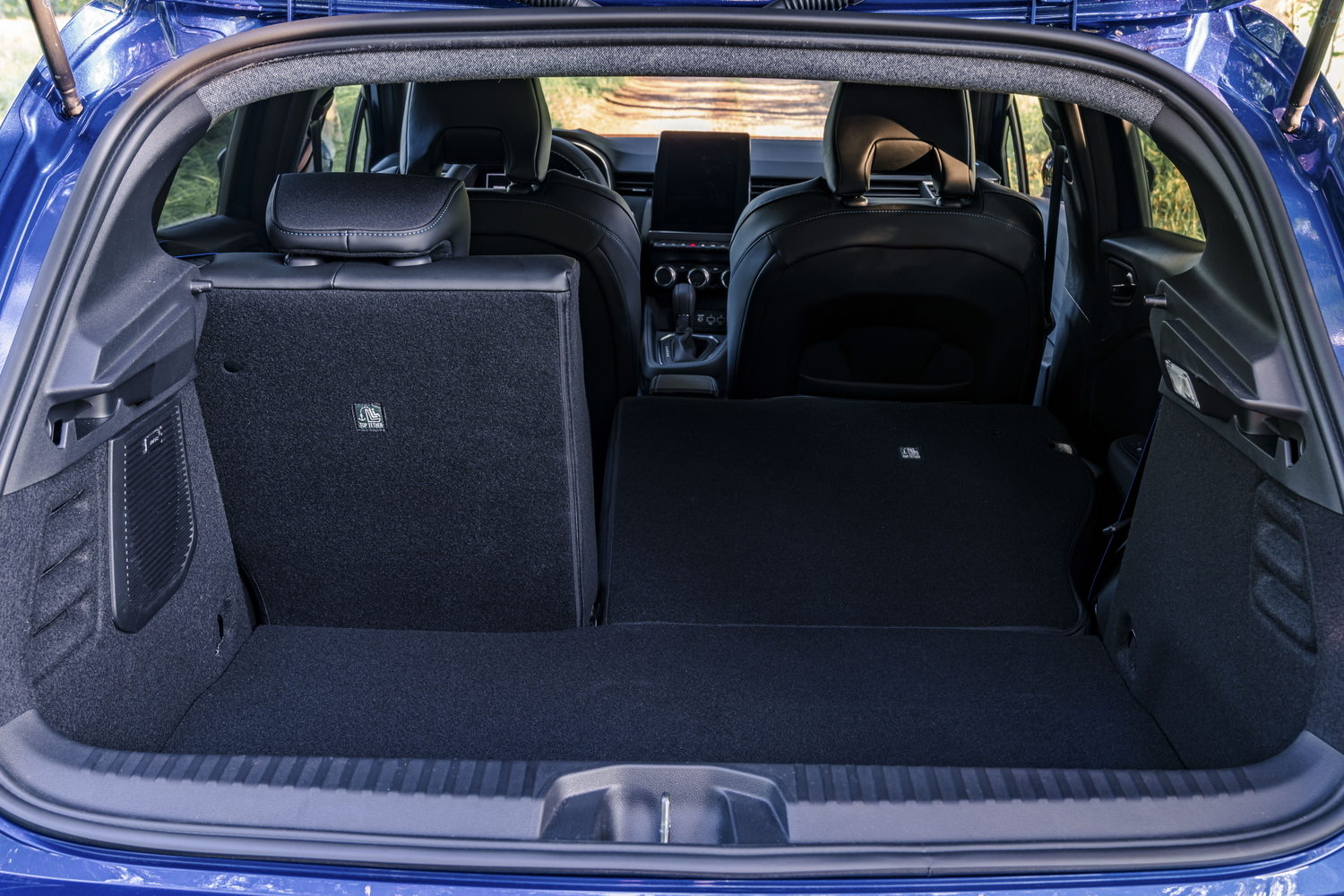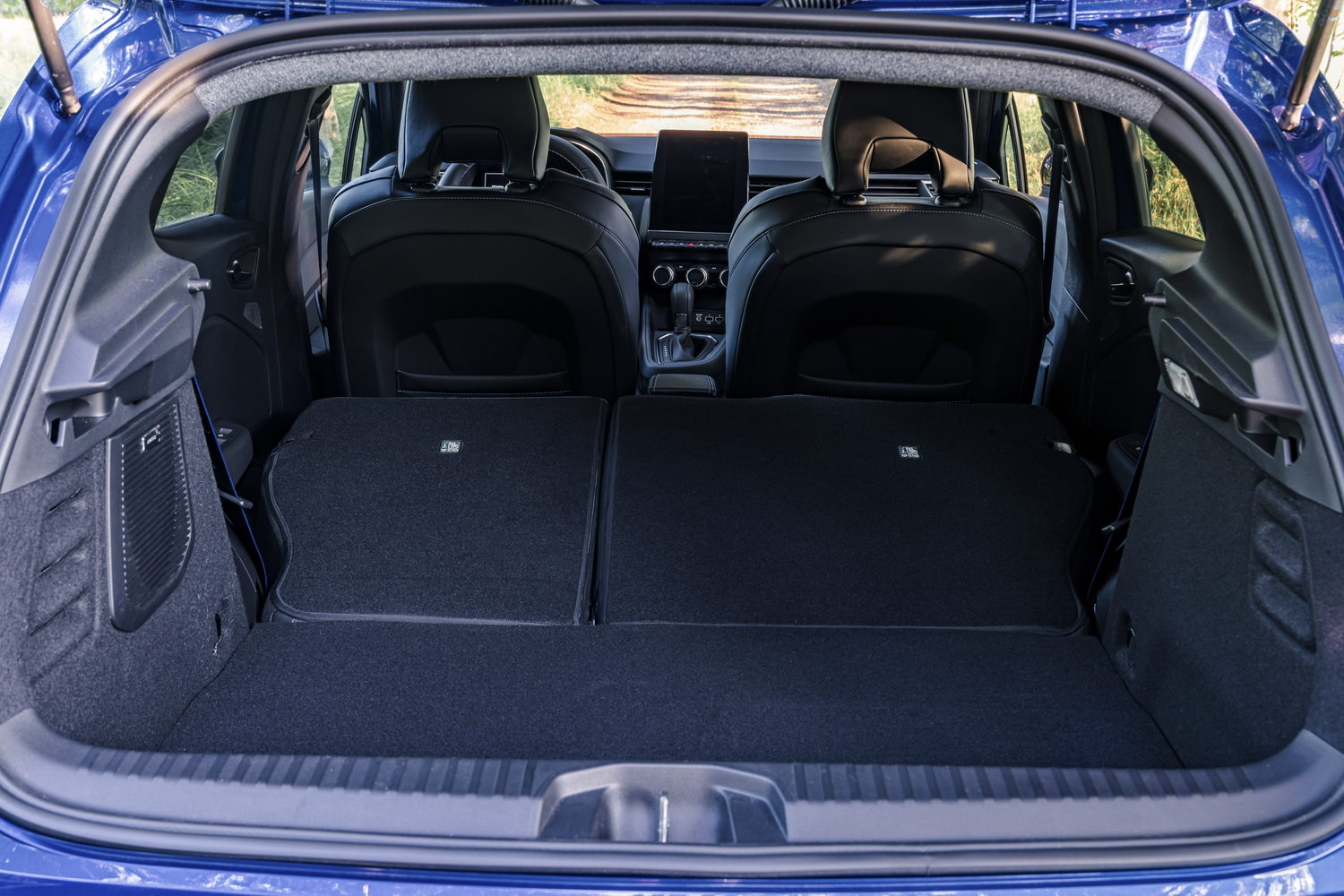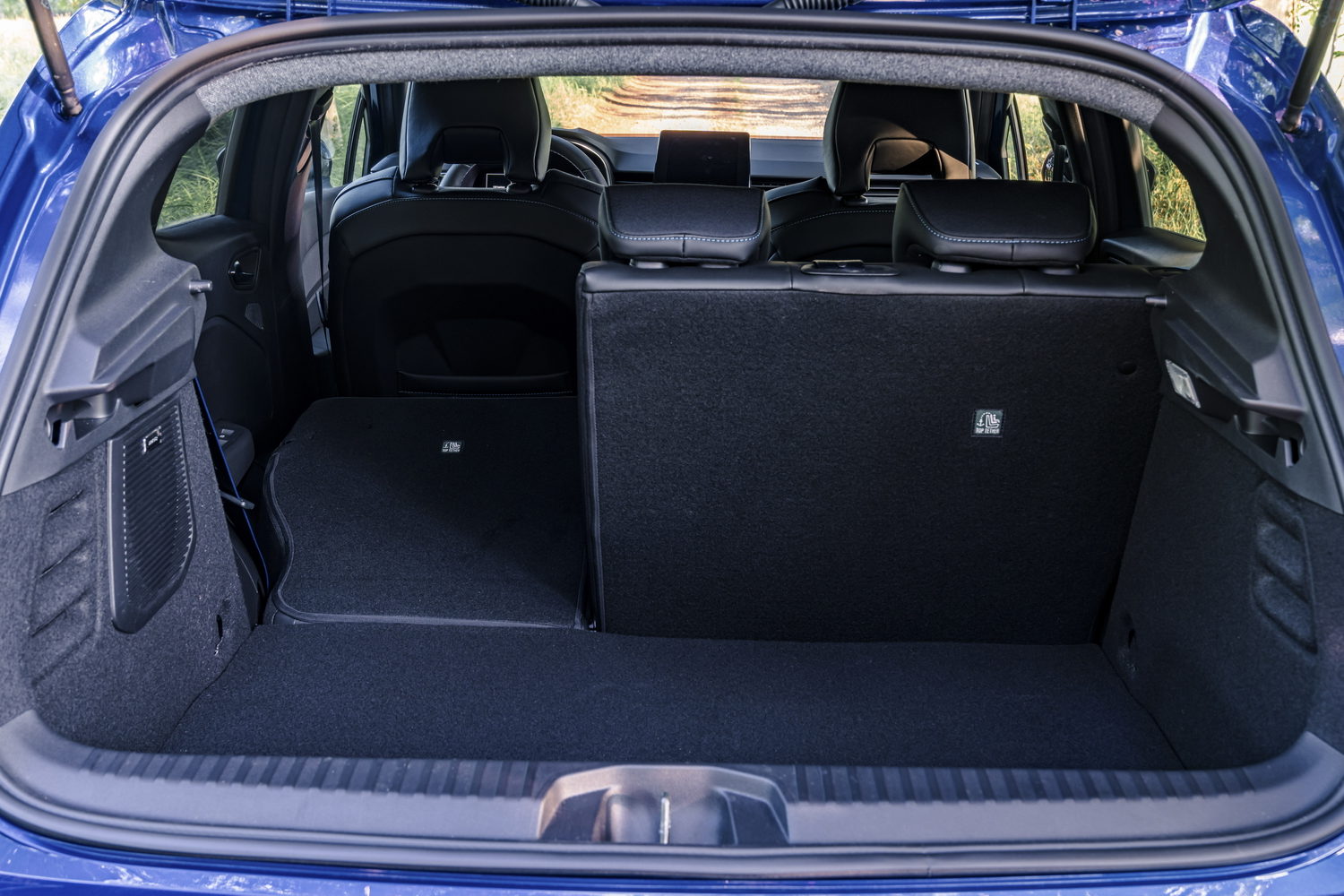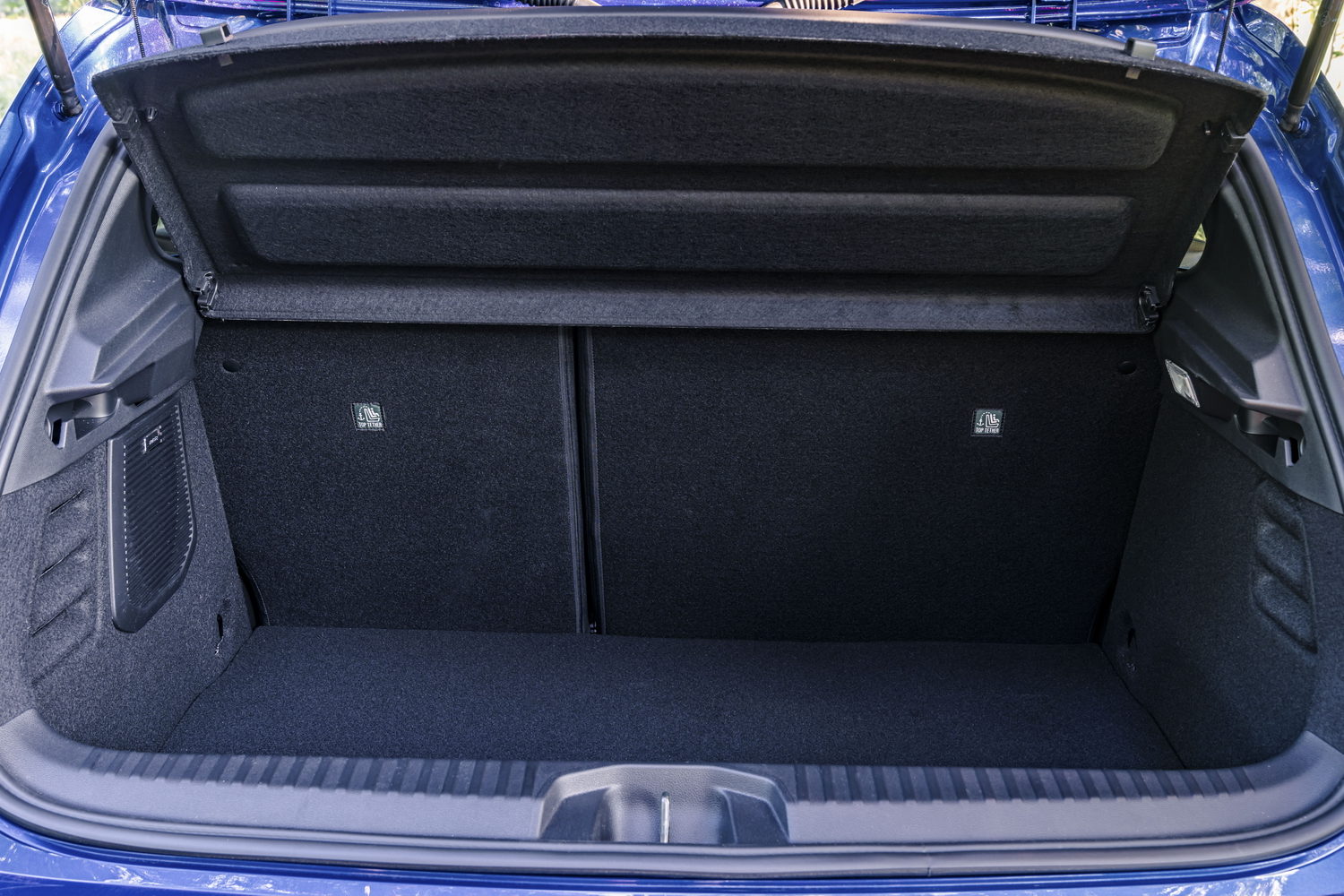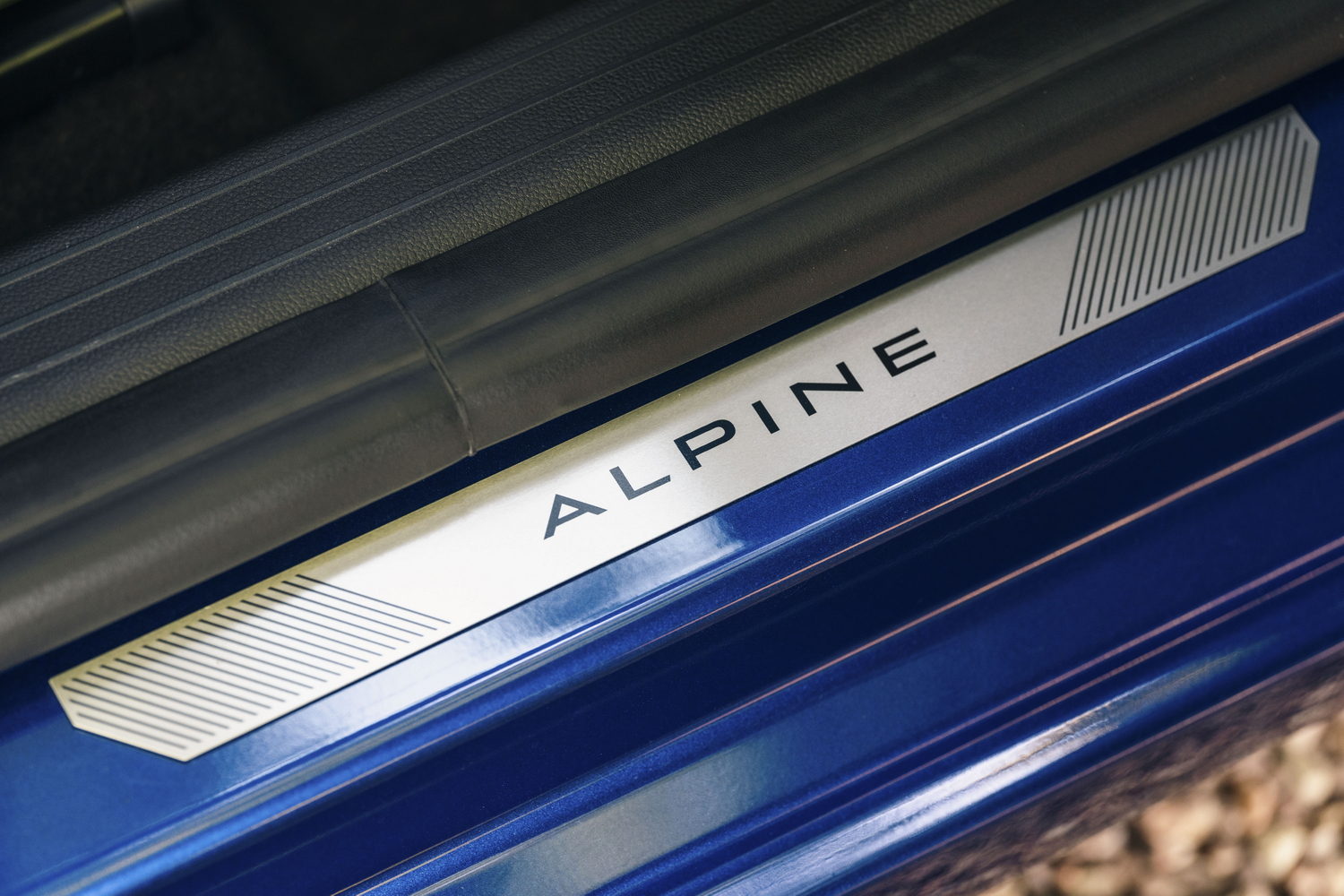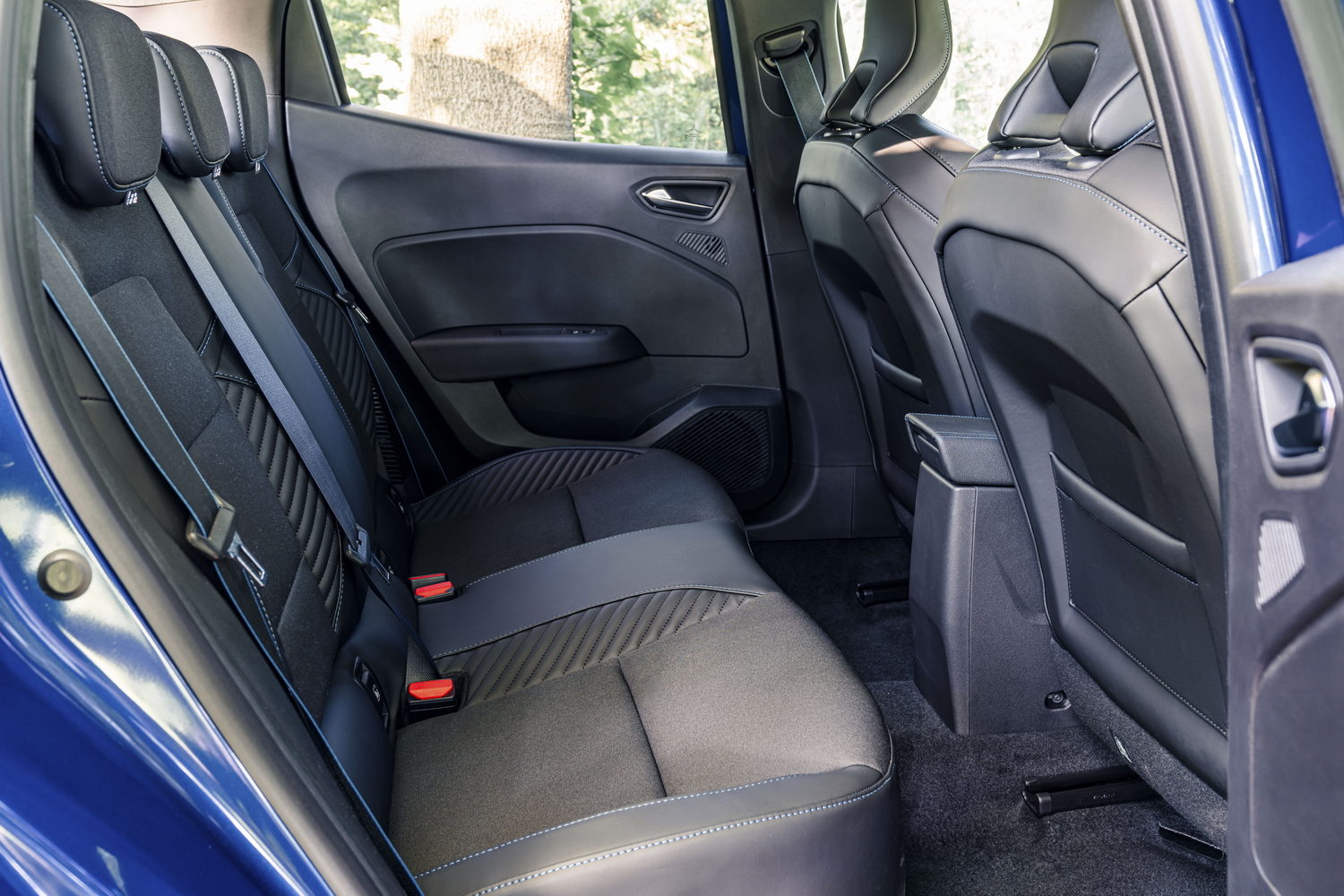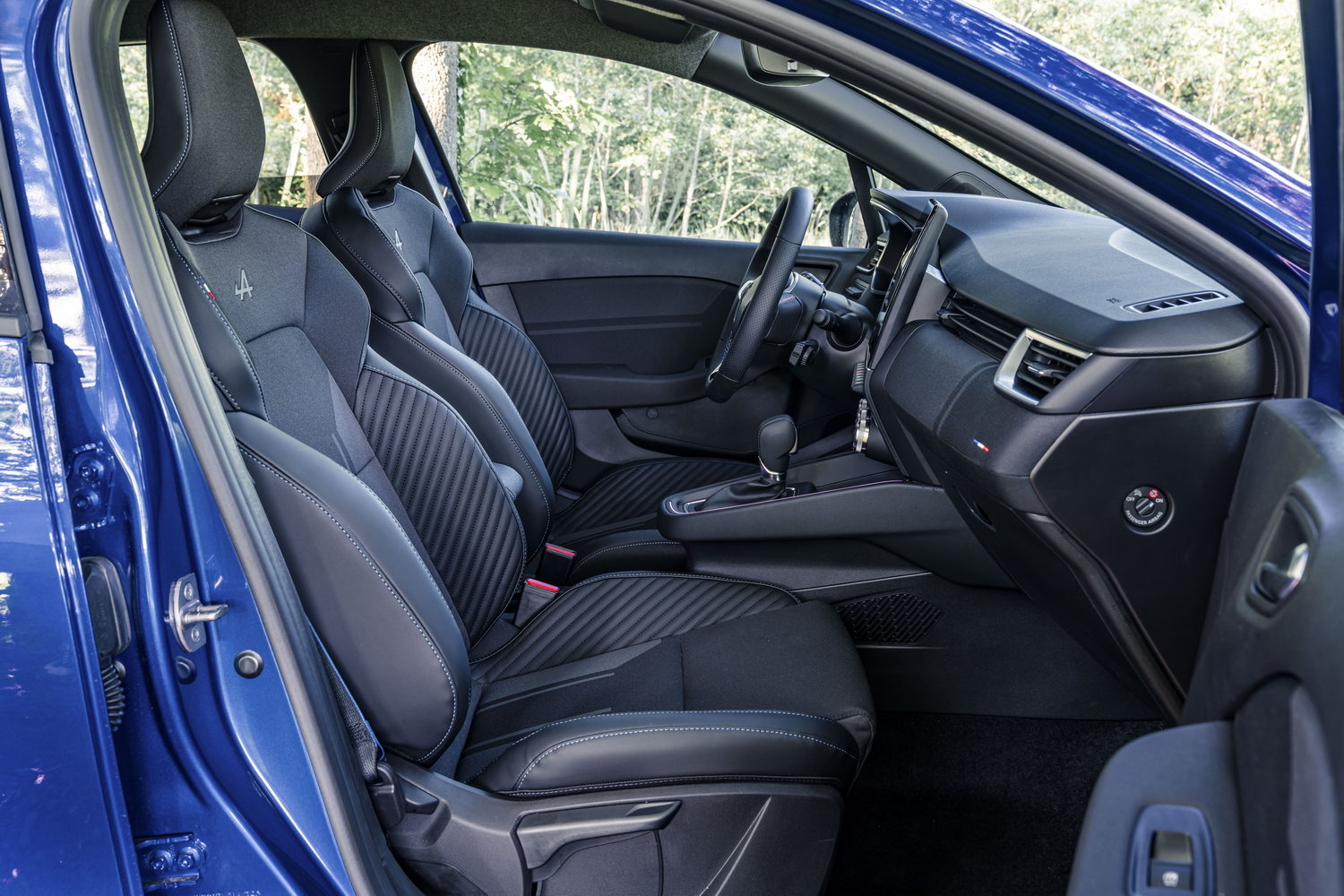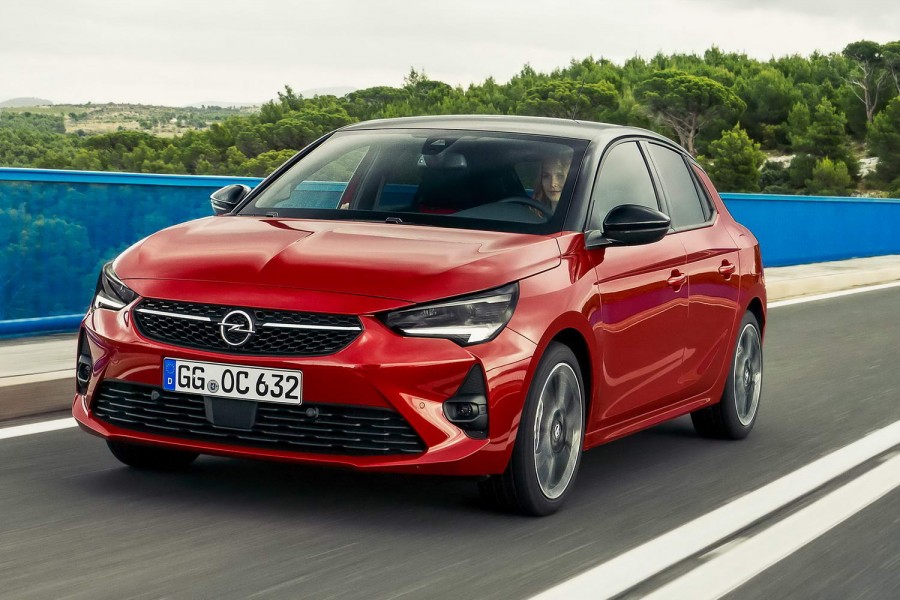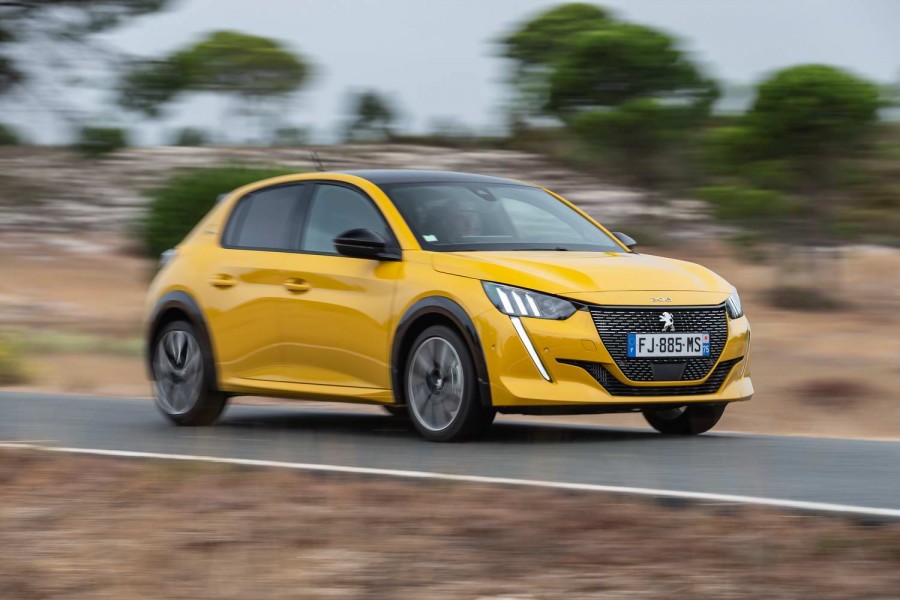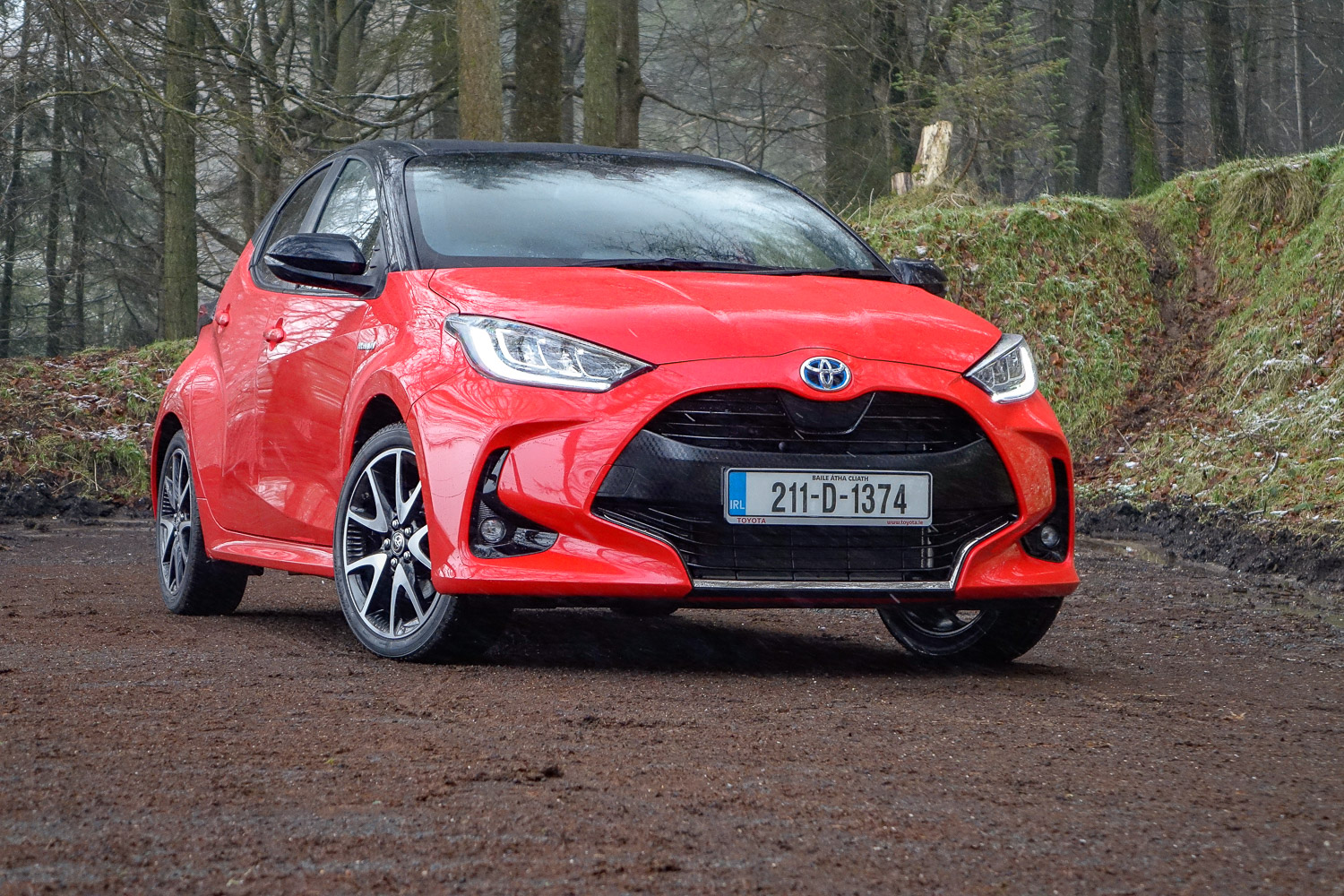The Clio might be a small vehicle, relatively speaking, but it's a big deal for Renault. As one of Europe's best-selling new cars, it has an important role to play for the brand. With such success already under its belt, Renault hasn't rocked the boat too much for the Clio's mid-life refresh, preferring to tweak the styling, add some tech and include a new high-end trim level. But with some great superminis providing stiff competition, will a restrained upgrade be sufficient to keep the Clio up there with the best of them?
In the metal
Renault has been working on this update for a while, and the French company has continuously drip-fed tweaks and modifications into the Clio range over the past few years. Chief among the updates were the improvements to the hybrid powertrain and the steering, both of which are already available.
But now Renault has addressed the Clio's styling, not that design was really an issue for the compact hatchback. Nevertheless, the new model has been brought into line with the Renault Austral SUV with the latest Renault logo and a new grille, while changes have also been made to the bumpers at both ends. There's a new light signature, too.
The biggest change of all, however, is the addition of the new Esprit Alpine trim, which first debuted on the Austral. A like-for-like replacement for the sporty R.S. Line version, it's designed to leverage Renault's sibling brand's sporty models and F1 team, adding Alpine branding and some sporty accoutrements without changing the car's performance or handling.
That trim level naturally has an impact on the interior, too, where it adds sporty yet surprisingly comfortable front seats and a cloth-trimmed dashboard with French flag embroidery. The red, white and blue stitching on the wheel is a nice touch, too.
But that isn't all the work Renault has done to the little Clio's cabin. The touchscreen infotainment system is more or less unchanged, although it now comes with wireless Apple CarPlay and Android Auto connectivity, so the highlight is the new digital instrument display for high-end models, which is a vast improvement on what went before. It isn't the fanciest system on the market, but it's clear and easy to use, which instantly puts it ahead of some. Everything is logically laid out, it looks crisp and modern, and the configuration options might be limited, but they are easy to understand.
Less intuitive are the audio controls, which are still mounted on a stalk behind the steering wheel, although credit must go to the driver assistance technology switches, which are easily accessible and easy to use.
Quality is also a plus point for the Clio. There are some cheap bits of plastic kicking about - that's what you get when profit margins are tight in this sector of the market - but the Clio's switchgear generally feels solid, and all the panels fit together quite neatly. It's streets ahead of the Opel Corsa, for example.
But perhaps the best thing about the Clio is the amount of space on board. The dimensions have remained unchanged, so the Clio still gets the same 391-litre boot as before, making it more spacious than the Volkswagen Golf. However, it's worth remembering some hybrid versions have a little less space in the back. Even so, a 301-litre boot isn't bad going.
The slight catch with this boot space is a minor reduction in rear passenger space. It isn't too cramped back there, but fitting four tall adults in the Clio will be a little tight, particularly on longer drives. That said, there's more than enough room for children inside and the central seat is surprisingly comfortable, despite being a bit narrow and short on legroom.
Driving it
As before, the Renault Clio will be available with a choice of two different powertrains: the basic 1.0-litre TCe 90 petrol engine and the more powerful E-Tech 145 Full Hybrid. For many, the 1.0-litre turbocharged option will be more than sufficient, with 90hp and a six-speed manual gearbox permitting adequate performance.
But Renault is placing emphasis on the hybrid, which is already available on the outgoing Clio. Revamped at the end of last year to produce a little more power and a little less carbon dioxide, the powertrain is much the same as that used in the Renault Captur and Arkana SUVs, as well as the Nissan Juke Hybrid. That means you get a naturally aspirated 1.6-litre petrol engine with an electric motor and a sophisticated automatic transmission.
With 143hp heading to the front wheels, the system is used with varying success in other cars, but it works well in the Clio. The power output is ample, which means you don't have to push it too hard, and that allows it to feel smooth and refined most of the time. In fact, it doesn't use the petrol engine all that much, preferring to use the electric motor whenever possible. You do notice the engine kicking in, though.
That said, economy is the real name of the game, and the E-Tech system delivers. Officially, it'll burn just 4.2 litres of unleaded to cover 100km, and our test showed 4.5 litres/100km could be reasonably expected without too much effort.
But though the Clio might be economical, it's still good fun to drive. It isn't as sharp as the Ford Fiesta, but as that car is no longer in production, the Clio is now among the best in the sector. The steering feels a bit meatier than in most other superminis, which makes the whole car feel more biddable, while body control in corners and under braking is exemplary. There's a bit of movement, but it doesn't lean too much, and nor does the nose dive excessively when you hit the brakes. It's a neat combination.
The catch with this handling prowess is a bit of firmness to the ride, although we should say the Clio never verges on the uncomfortable. The ride is generally pretty mature, but it's clear the damping has been compromised by the desire to have a more dynamic driving experience. This certainly isn't as soft as a Citroen C3, although we haven't yet tried an entry-level Clio with the smaller 16-inch alloy wheels, which should give the car a bit more compliance.
What you get for your money
Renault is yet to confirm Irish prices for the updated Clio, but it's expected to cost roughly the same amount as the outgoing car, which comes in at around €23,000. We'll update this section when we know more.
We are expecting Renault to offer the Clio with a choice of three trim levels, with the basic Evolution getting 16-inch alloys, climate control and a seven-inch touchscreen, as well as a seven-inch instrument display and rear parking sensors. Upgrading to the Techno, meanwhile, will mean larger wheels and some more chrome detailing, as well as a wireless phone charger, a rear-view camera and front parking sensors. Finally, the Esprit Alpine gets sporty styling, a heated steering wheel and heated seats, as well as the 9.3-inch touchscreen and the 10-inch instrument display.
Summary
The Renault Clio hasn't changed very much, but there's no shame in that. The little hatchback was already up there with the best in the class, and the new model has done nothing to change that. It remains amiable and fun to drive, as well as being relatively practical. Those who have just taken delivery of the outgoing model needn't panic - they aren't missing much - but those few choice upgrades have made the Clio a little easier to live with than before. As a result, it's now an even more compelling alternative to the Toyota Yaris, Opel Corsa and Peugeot 208.

